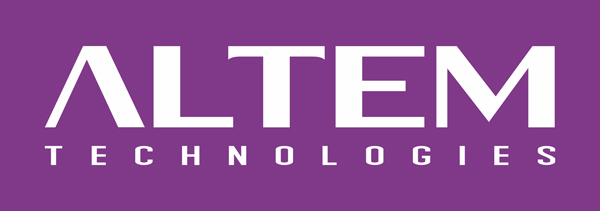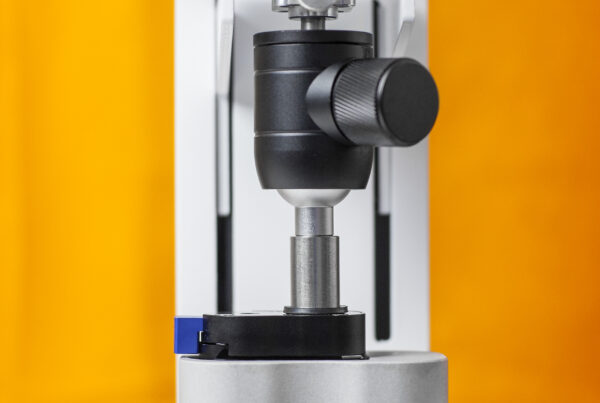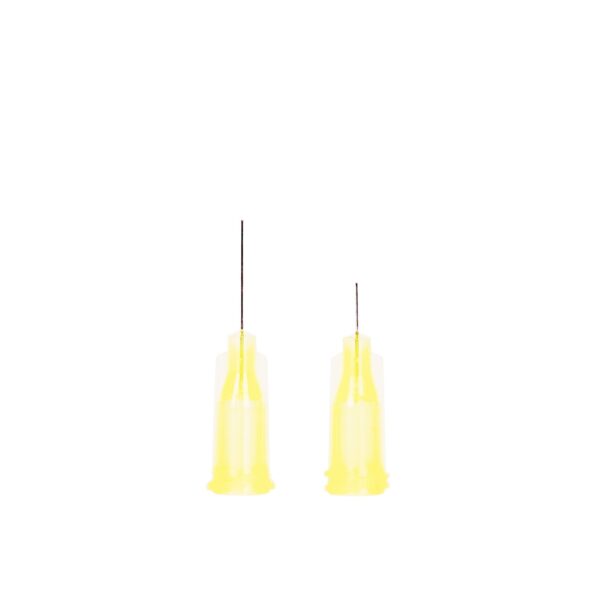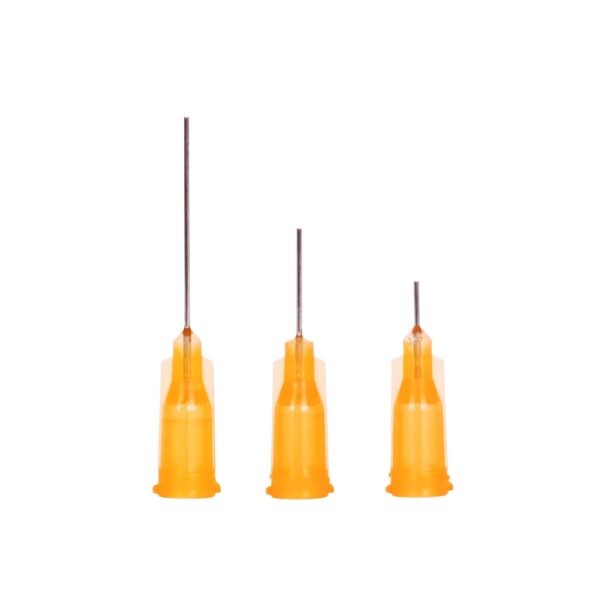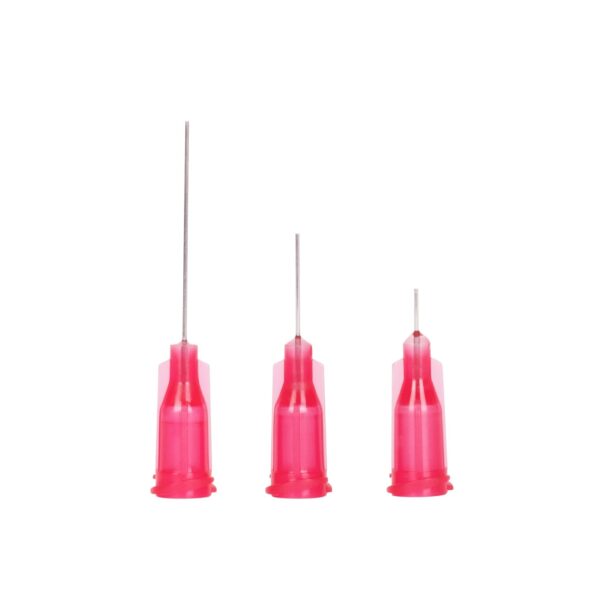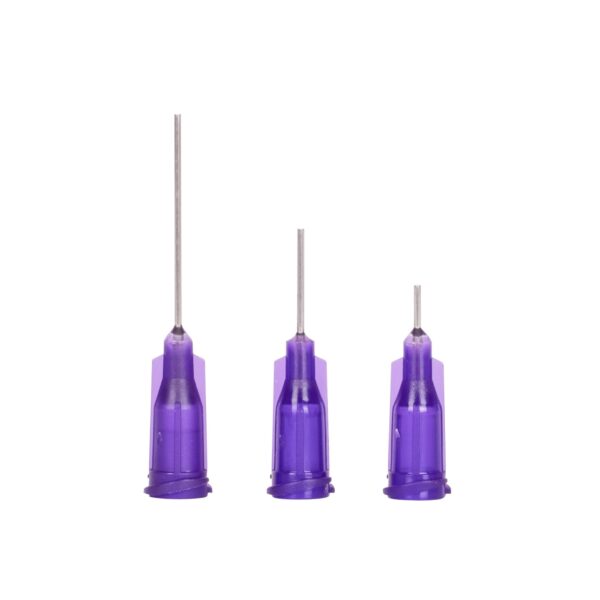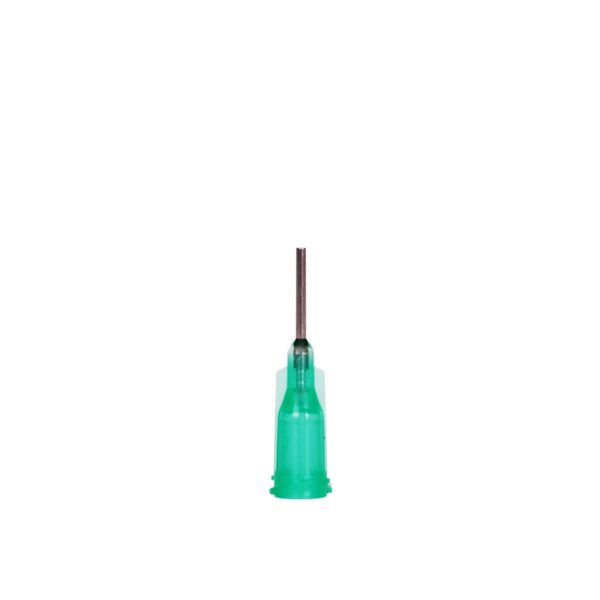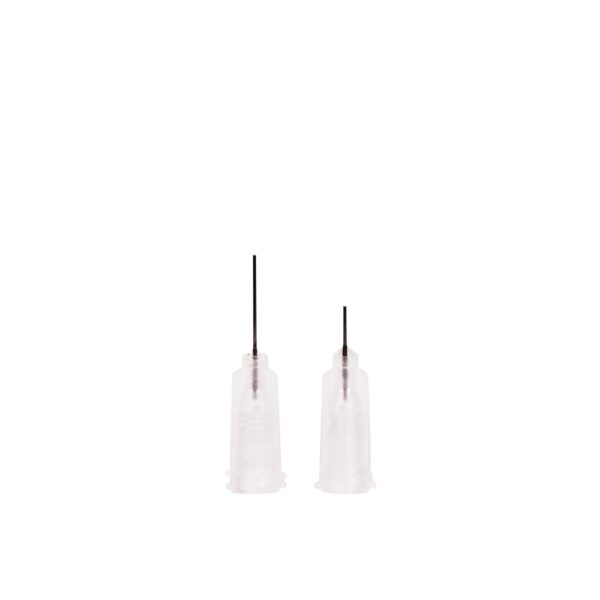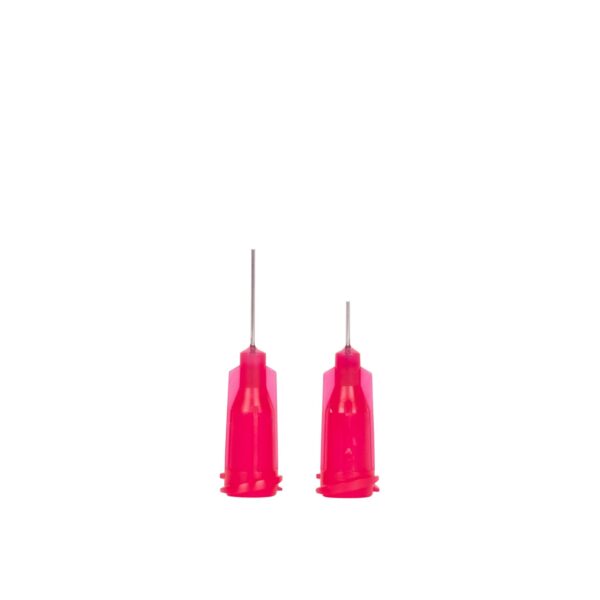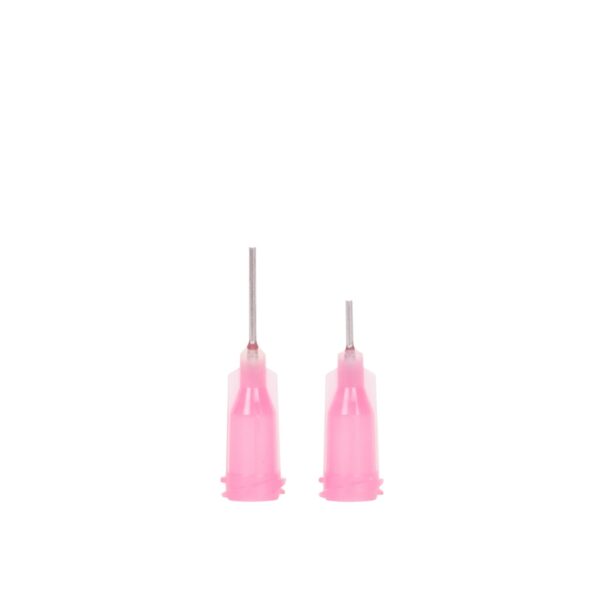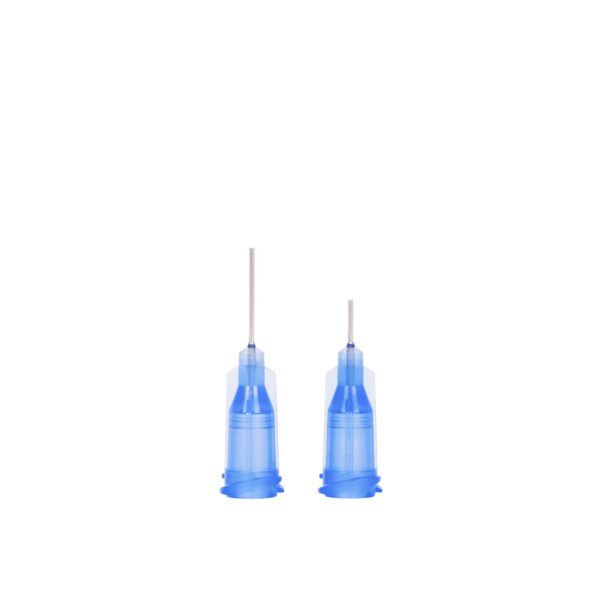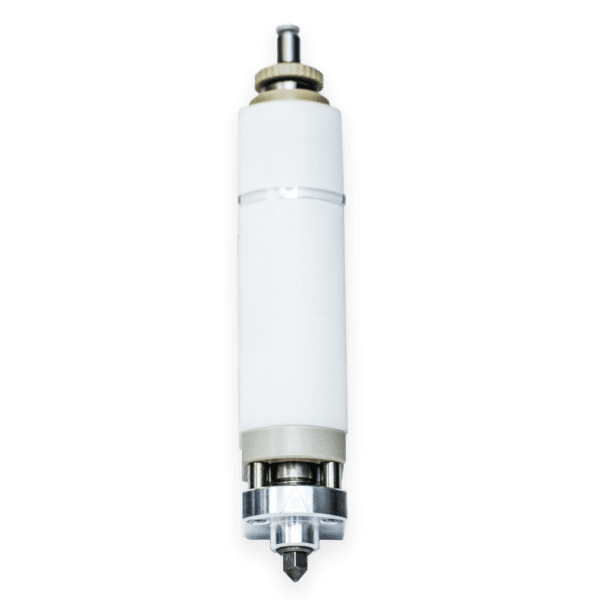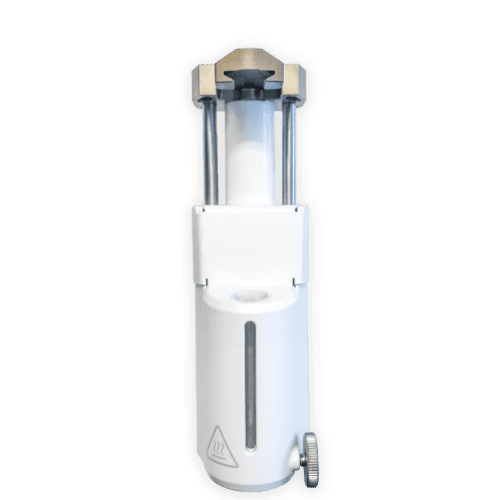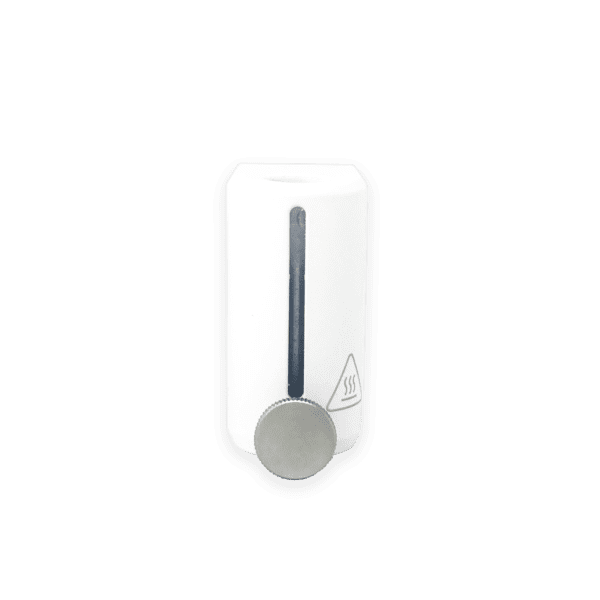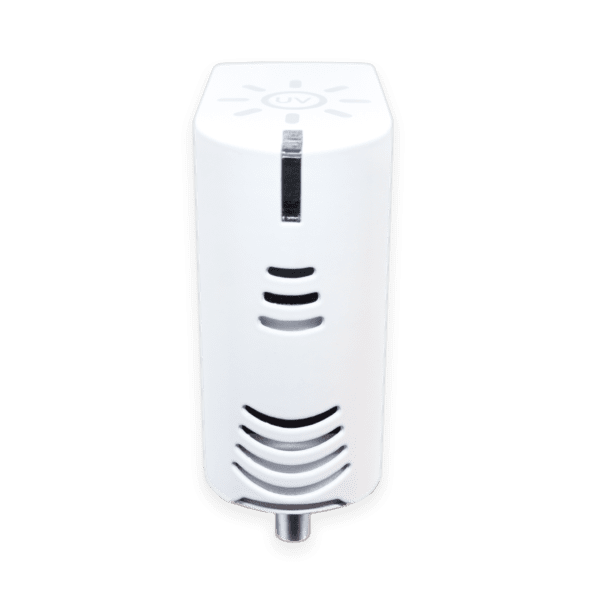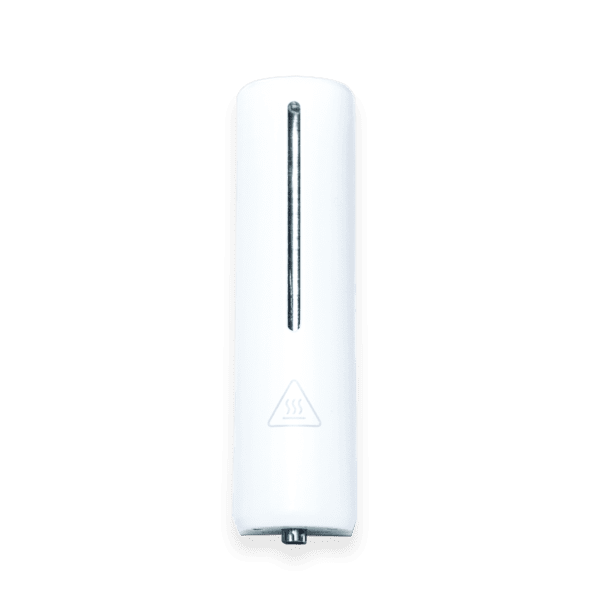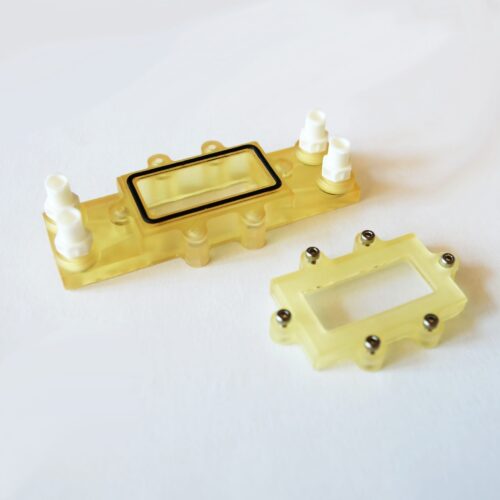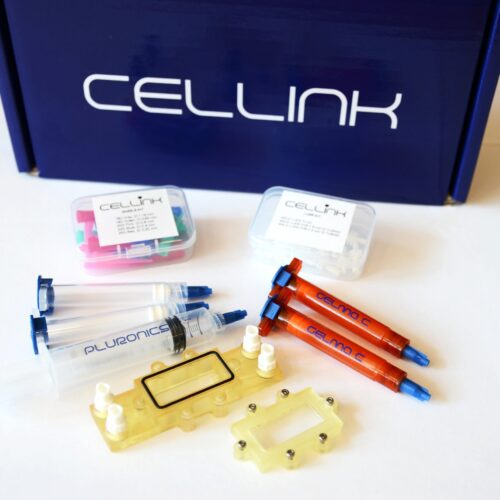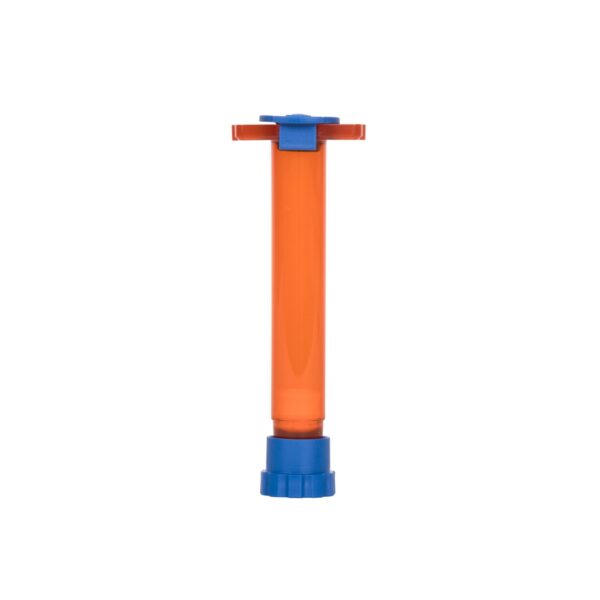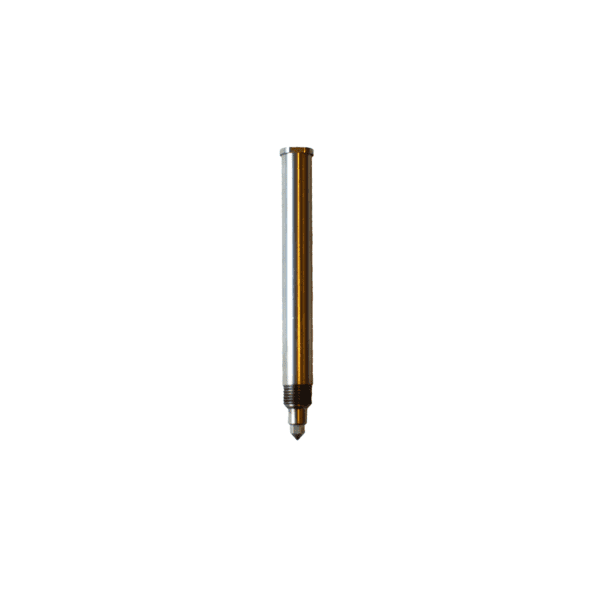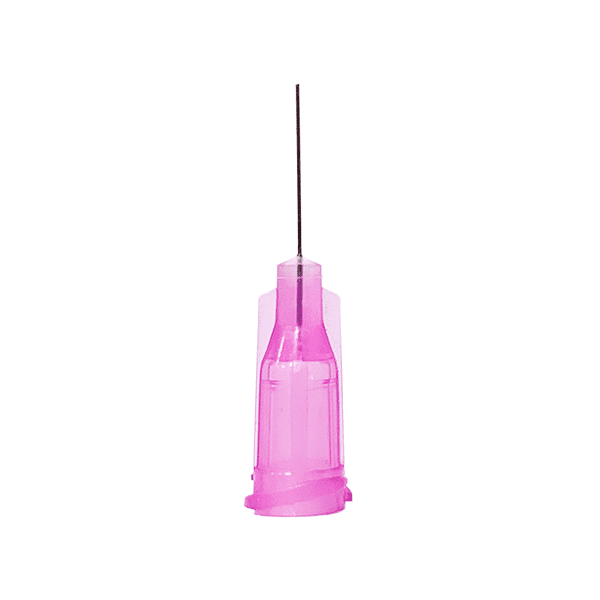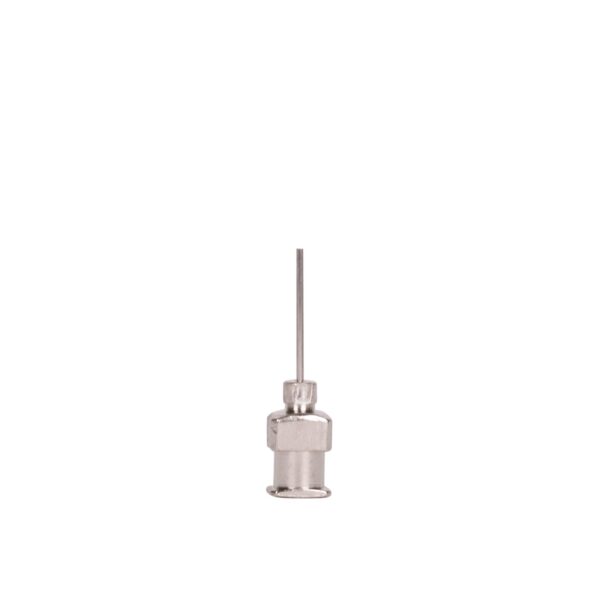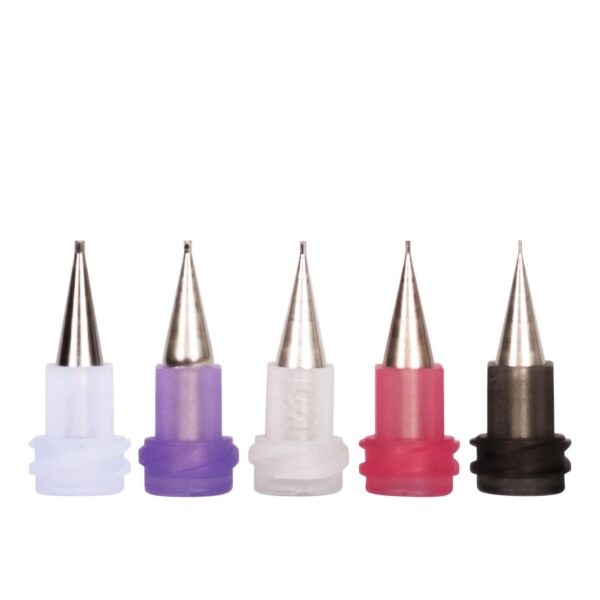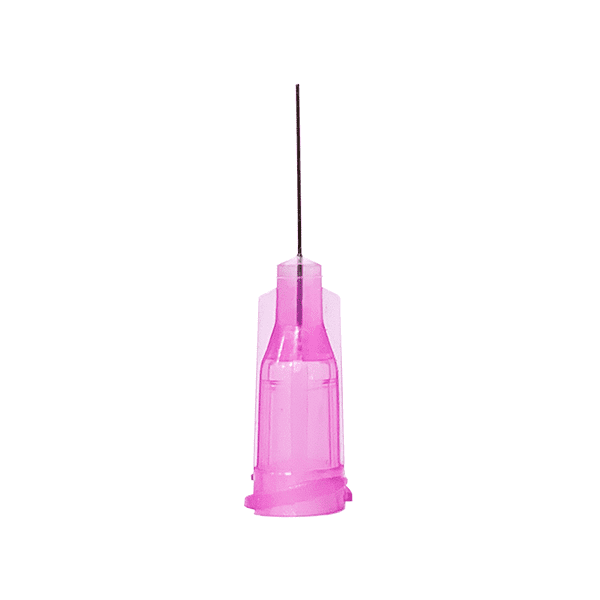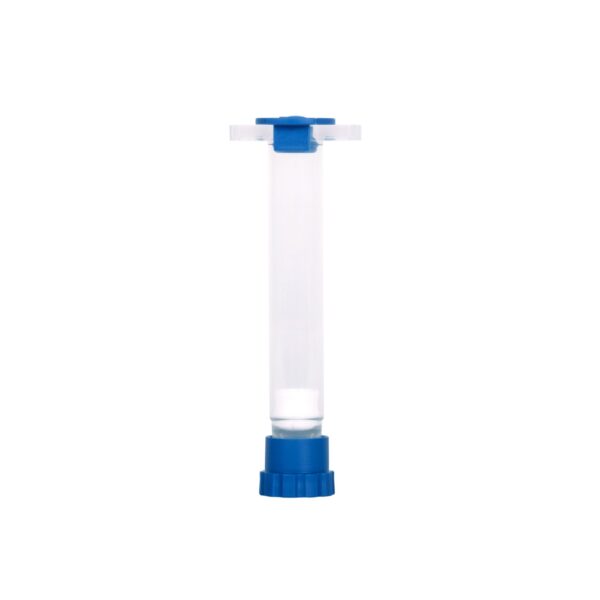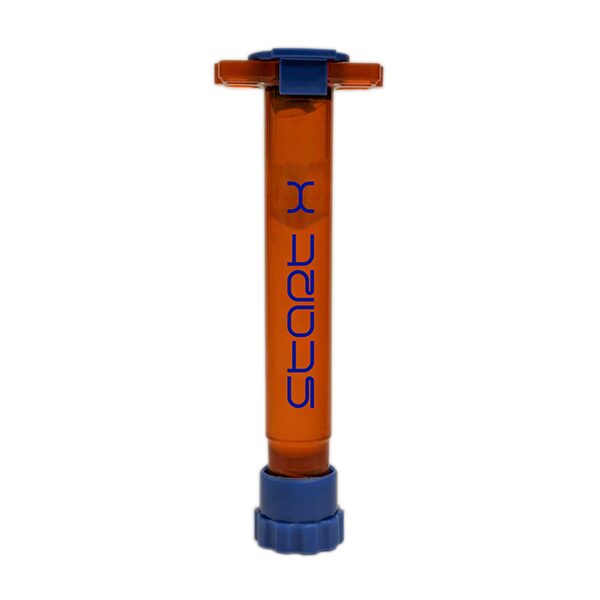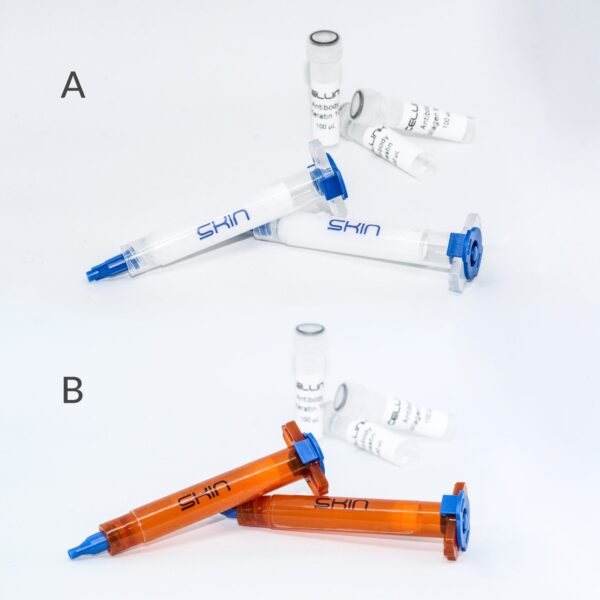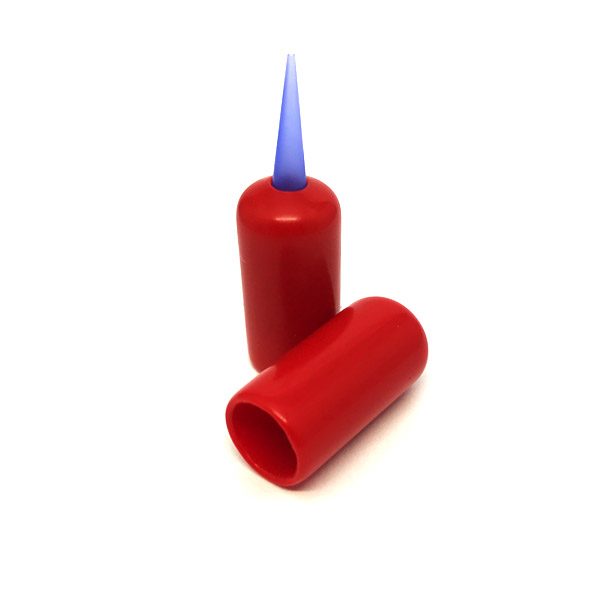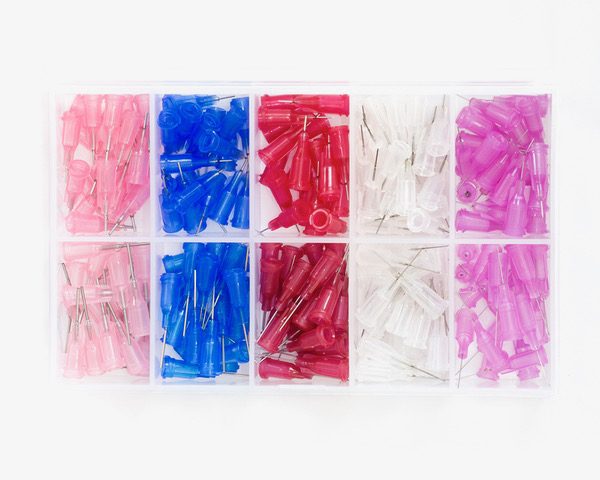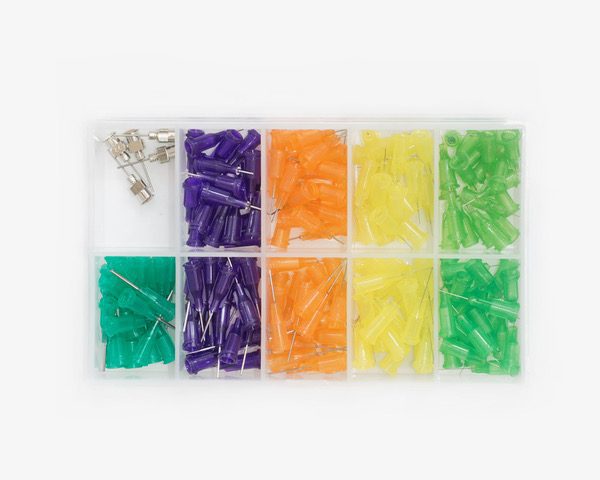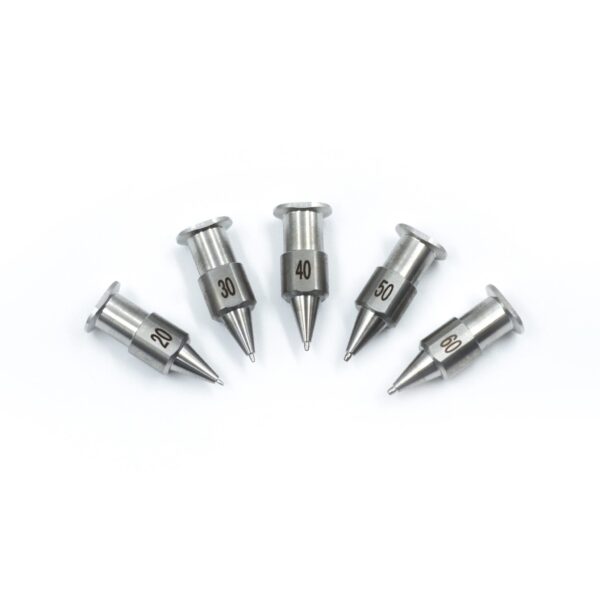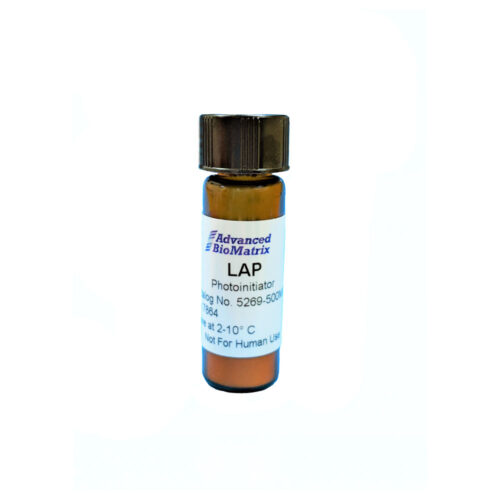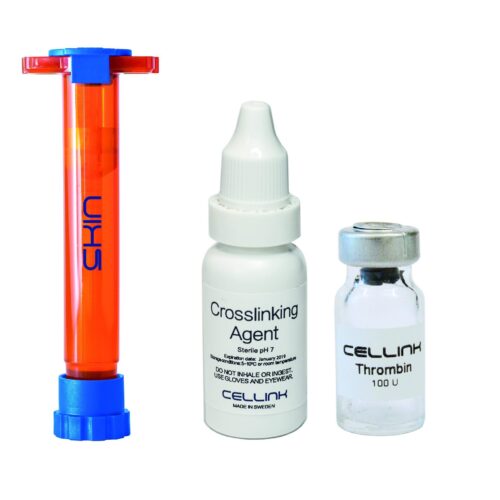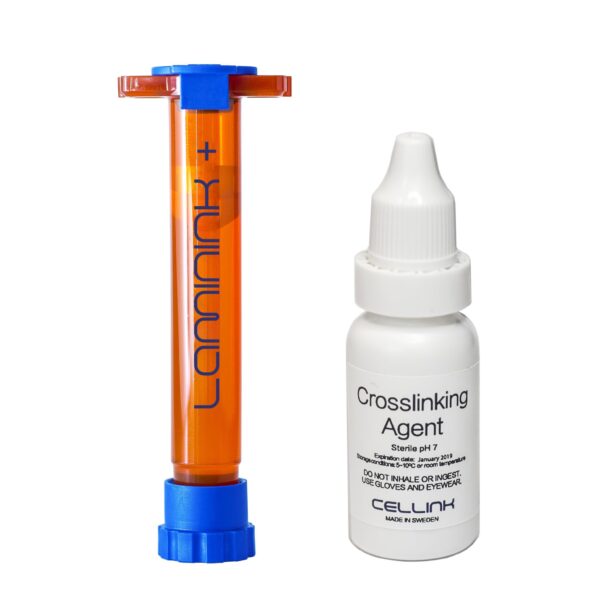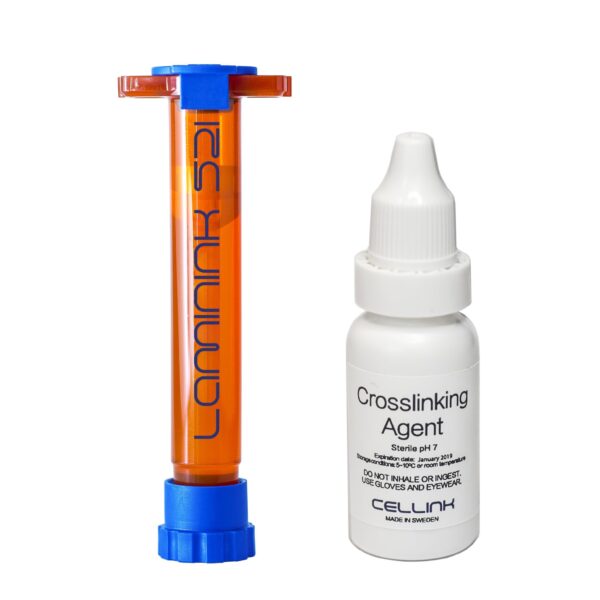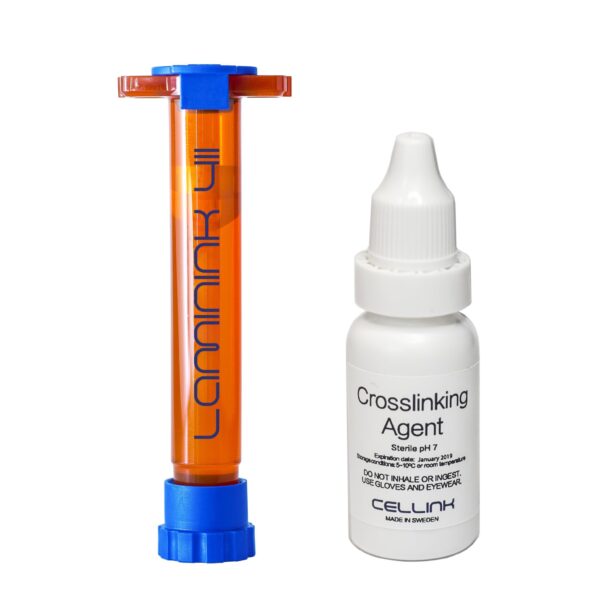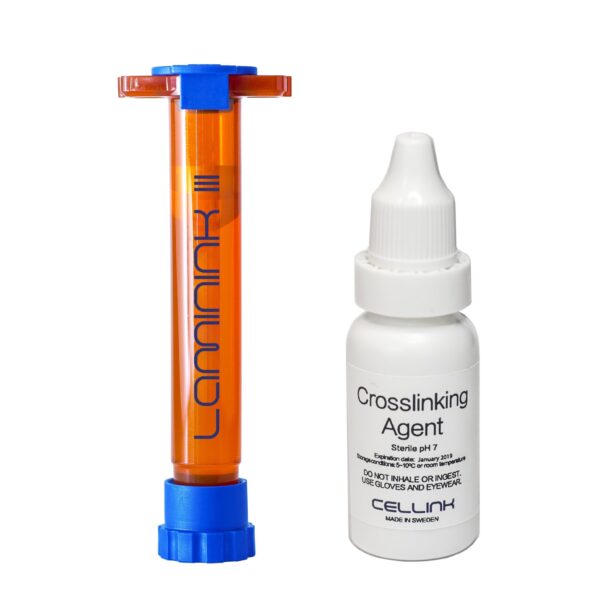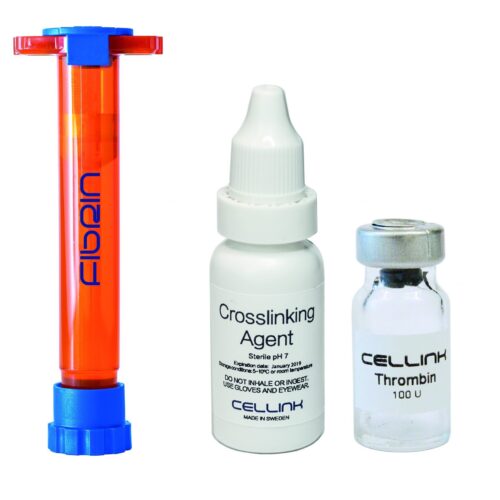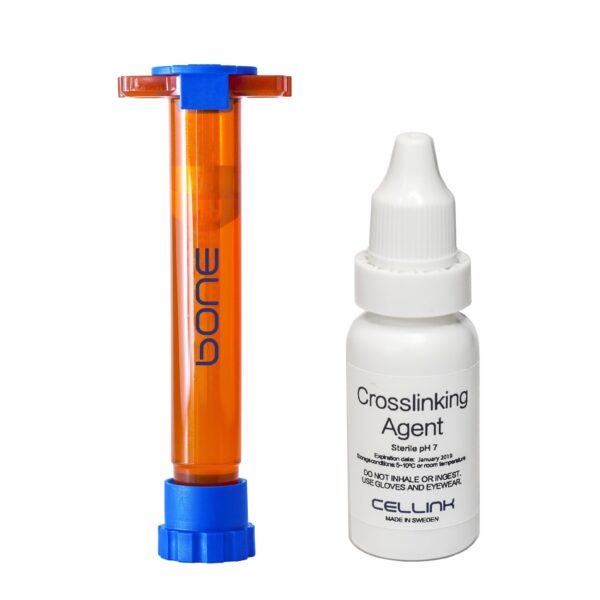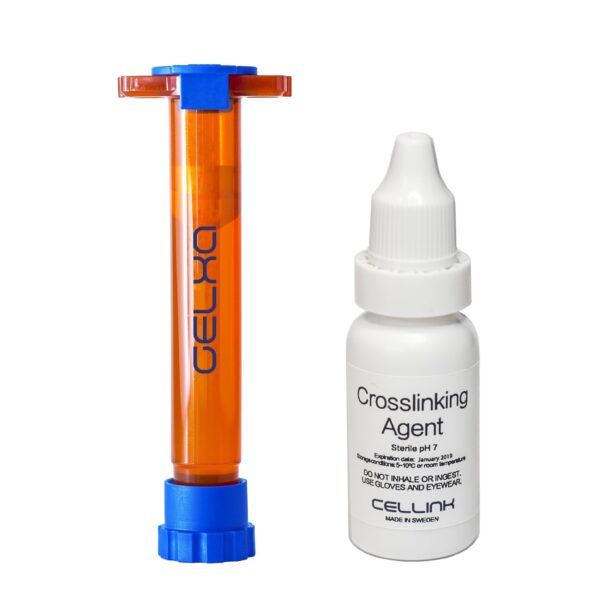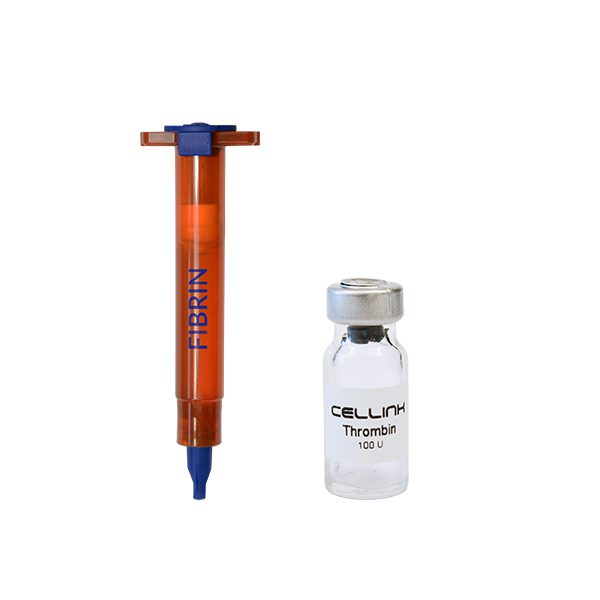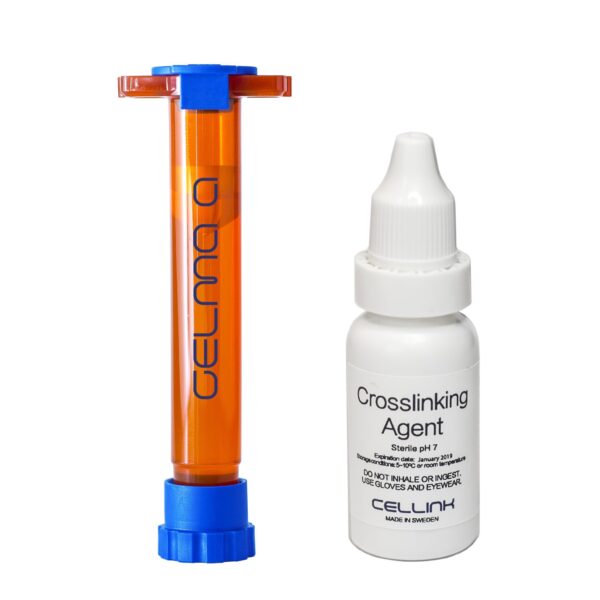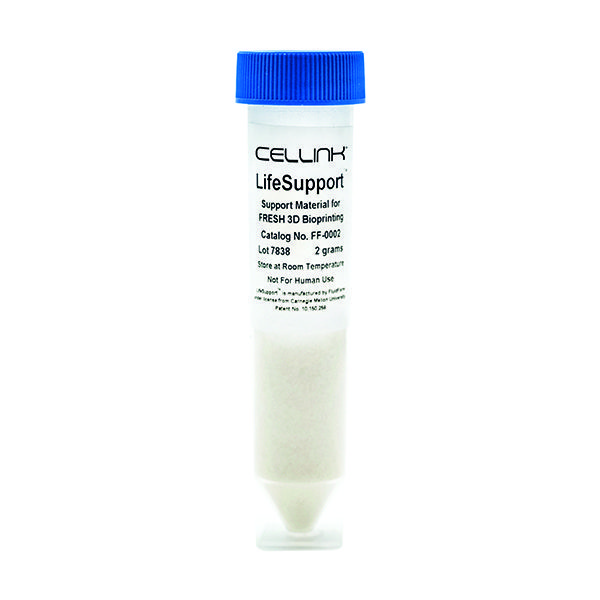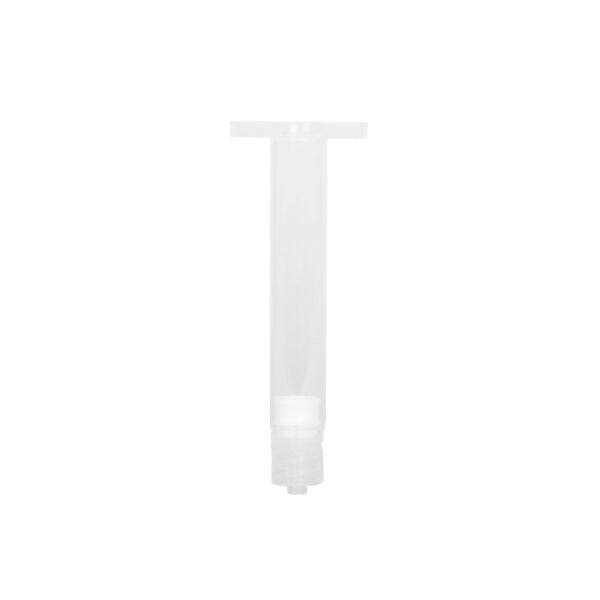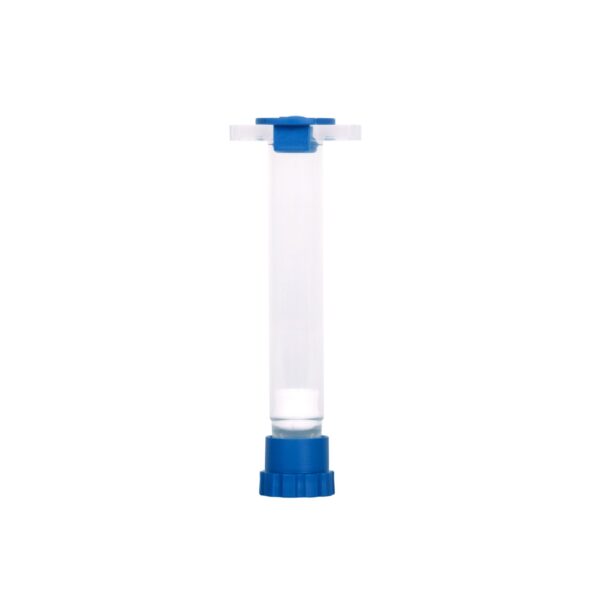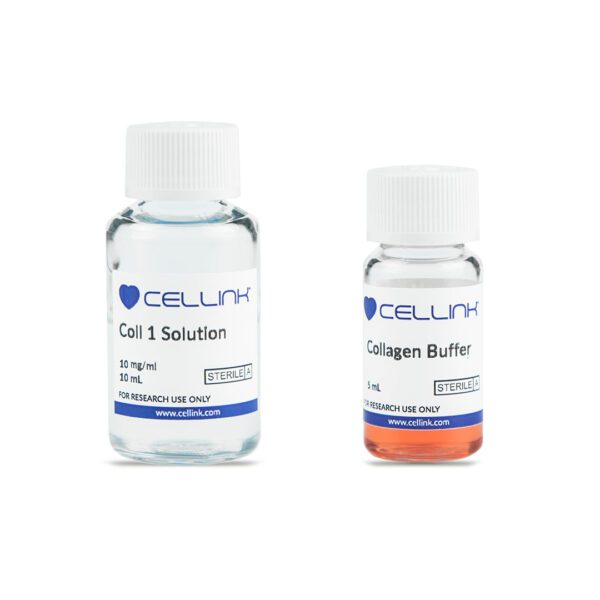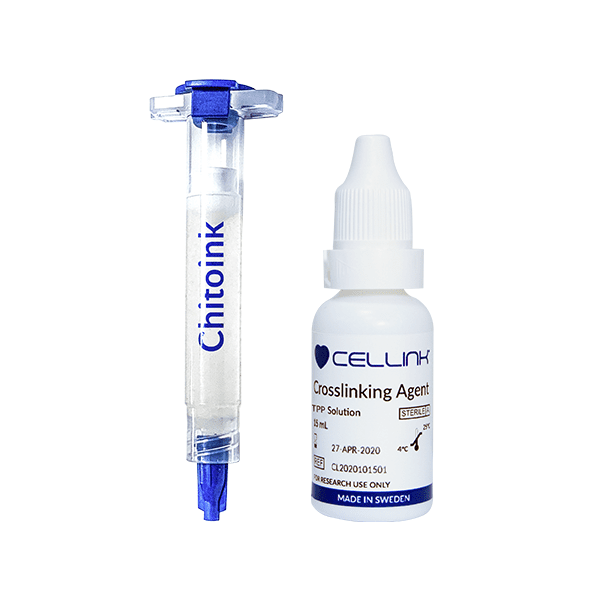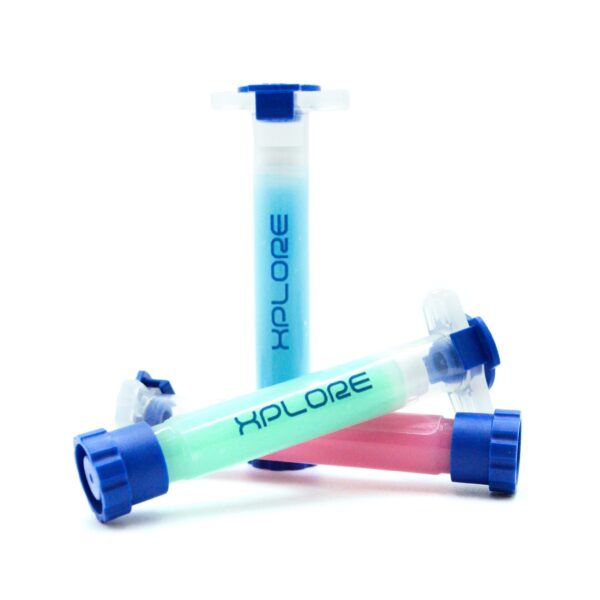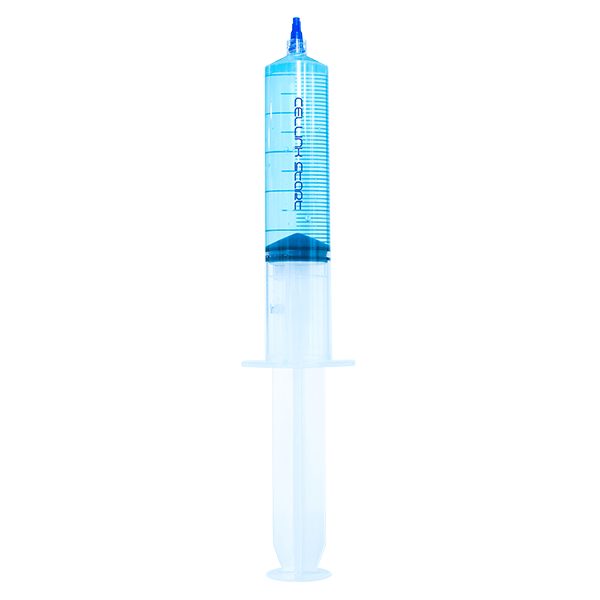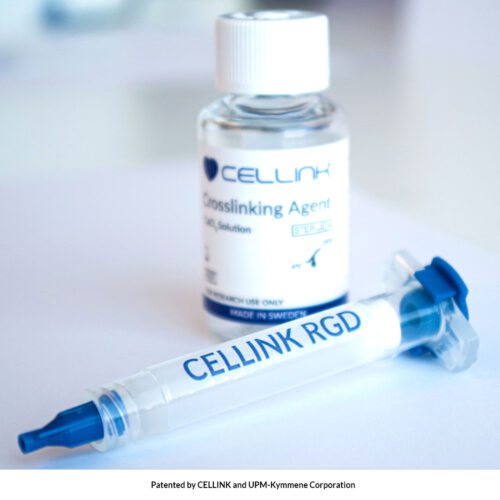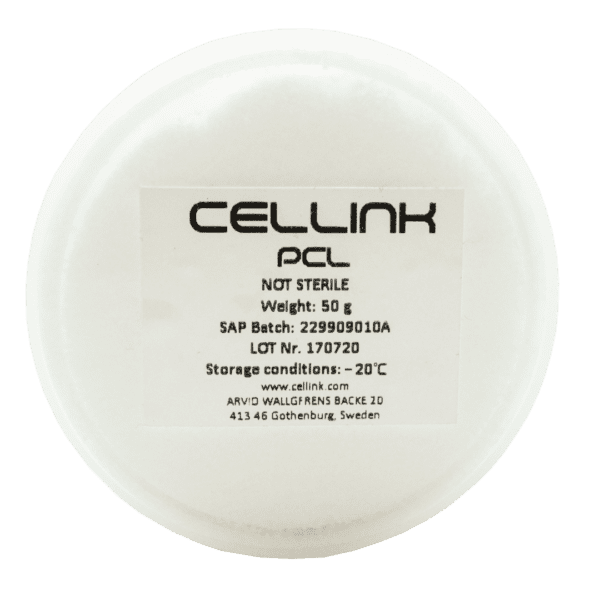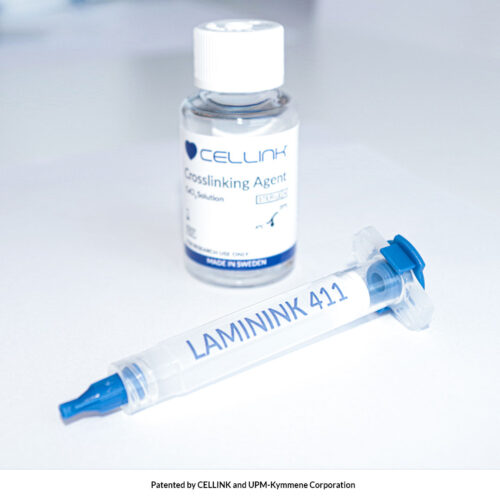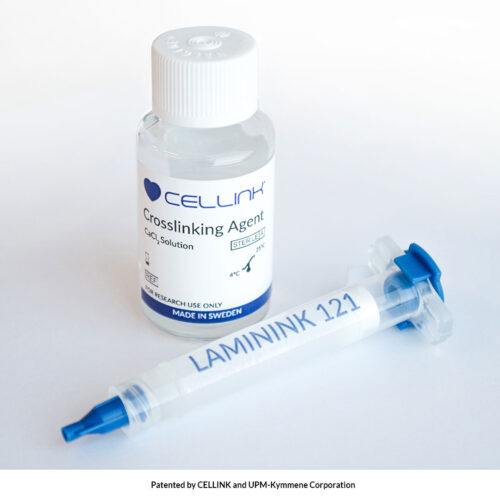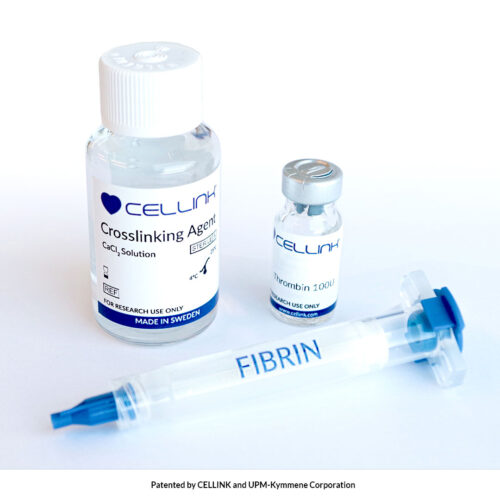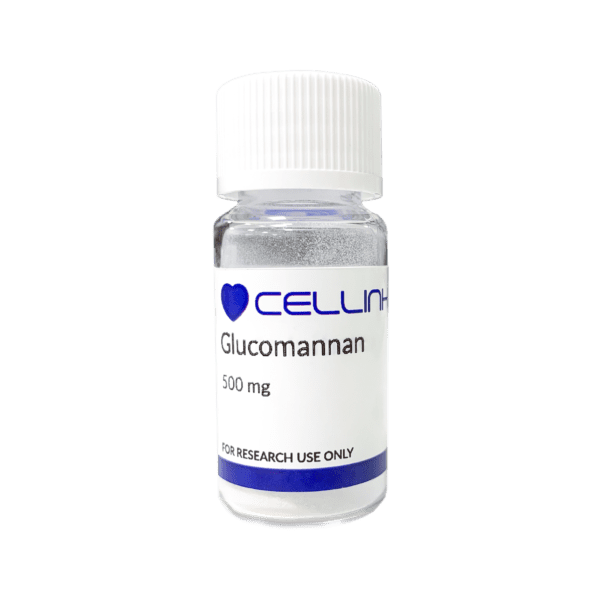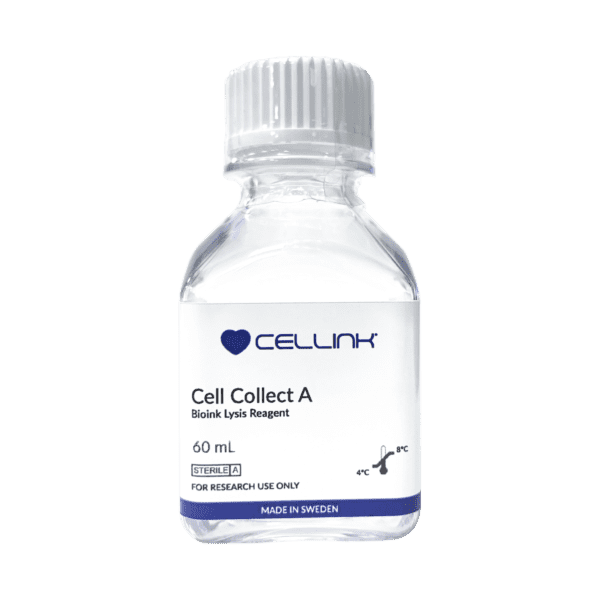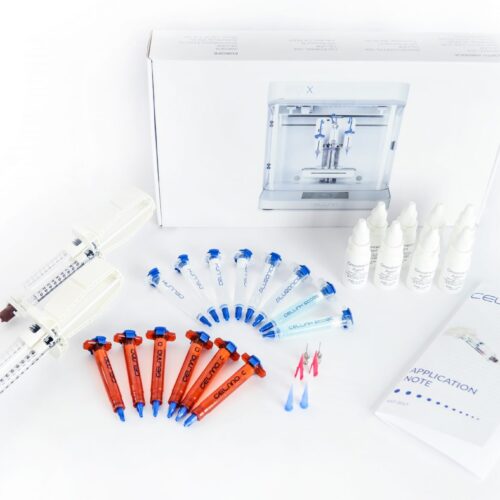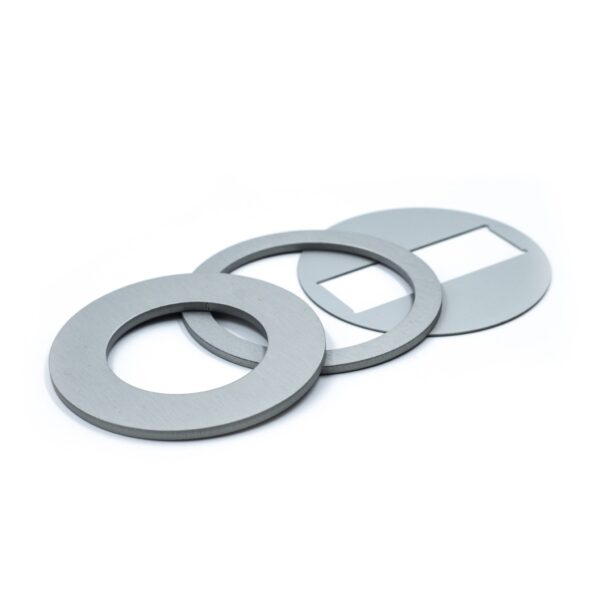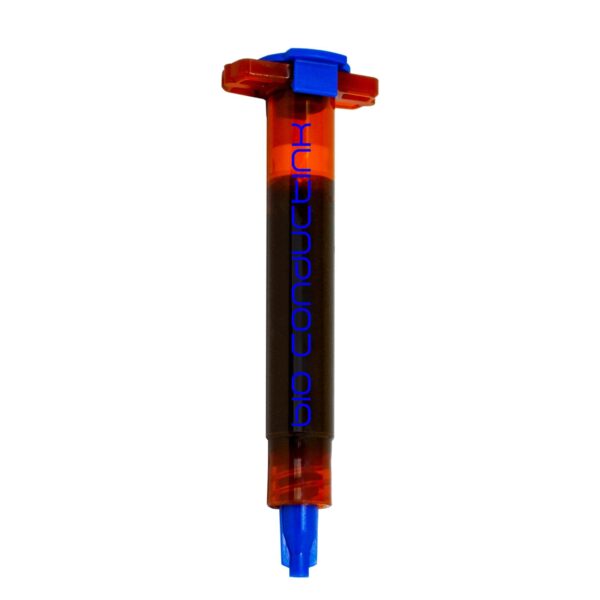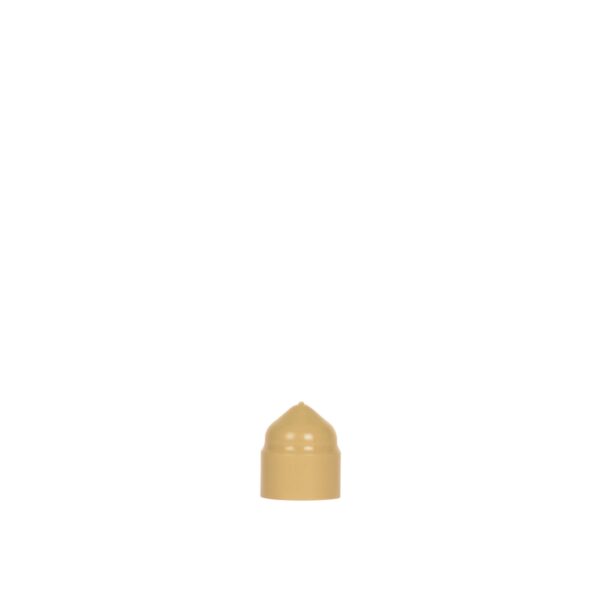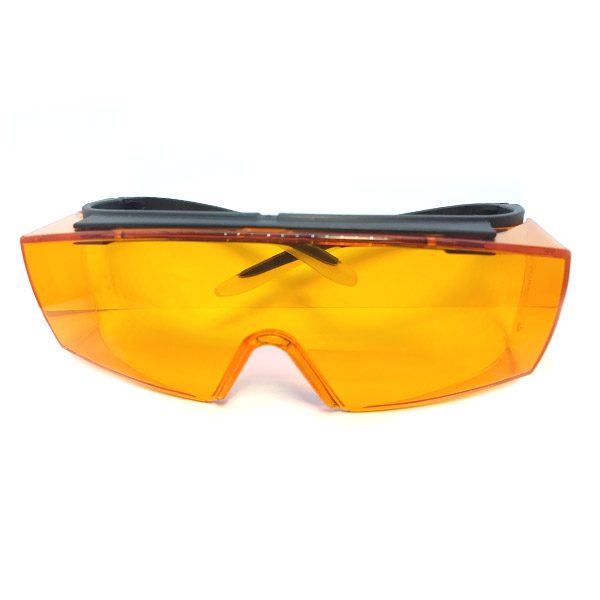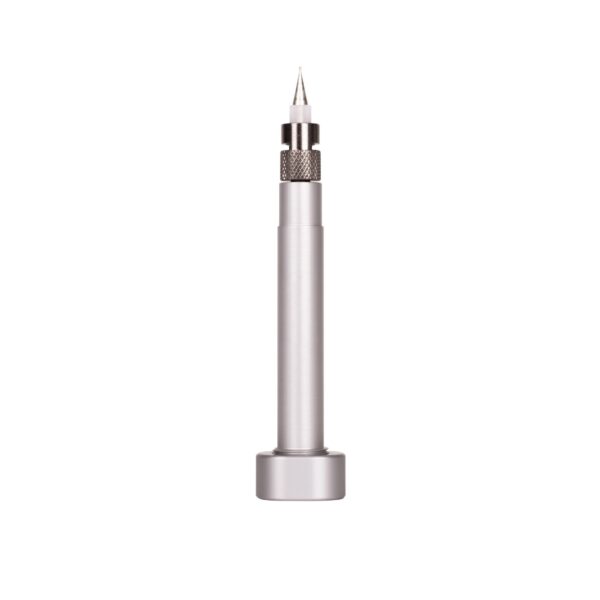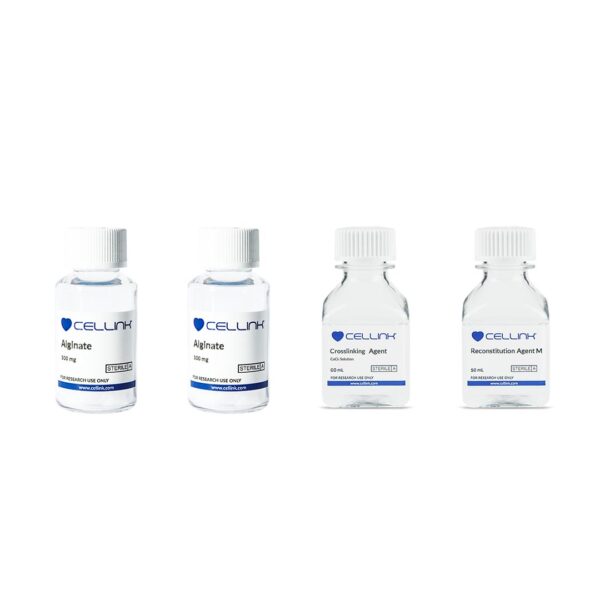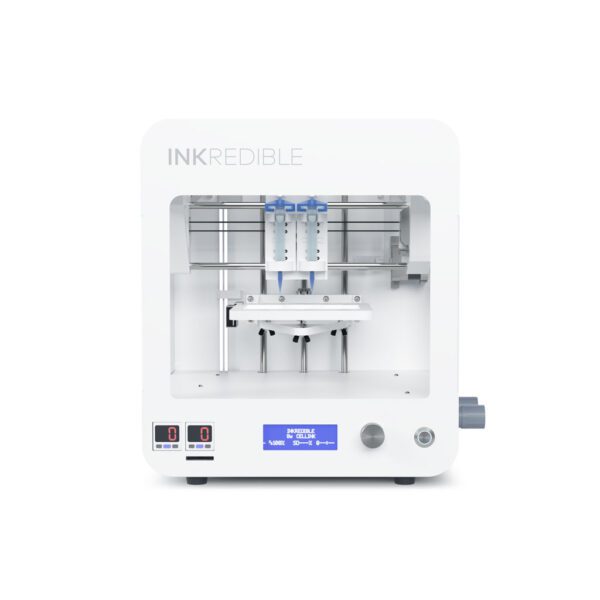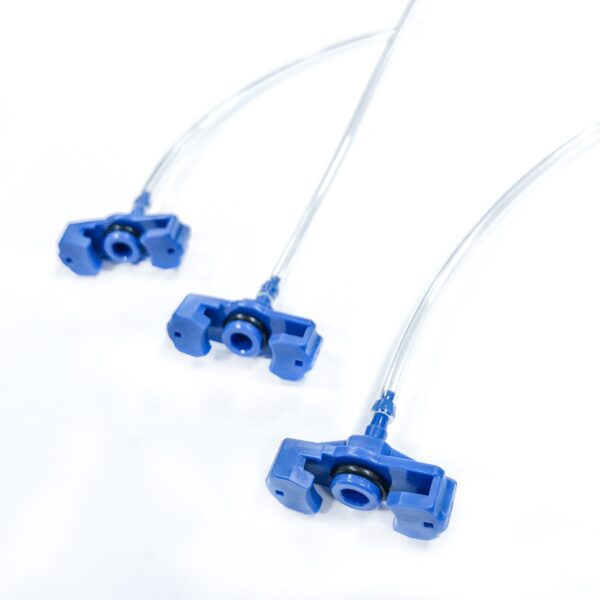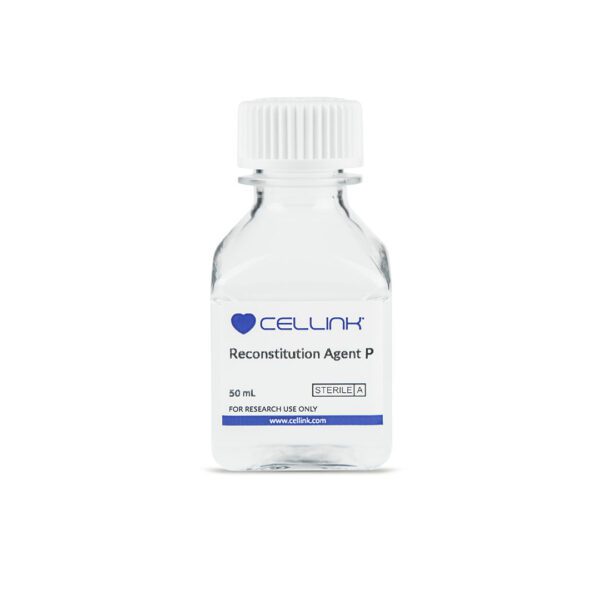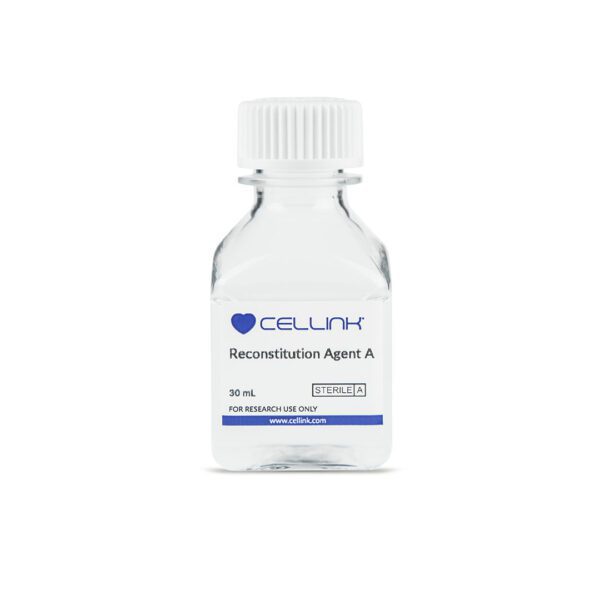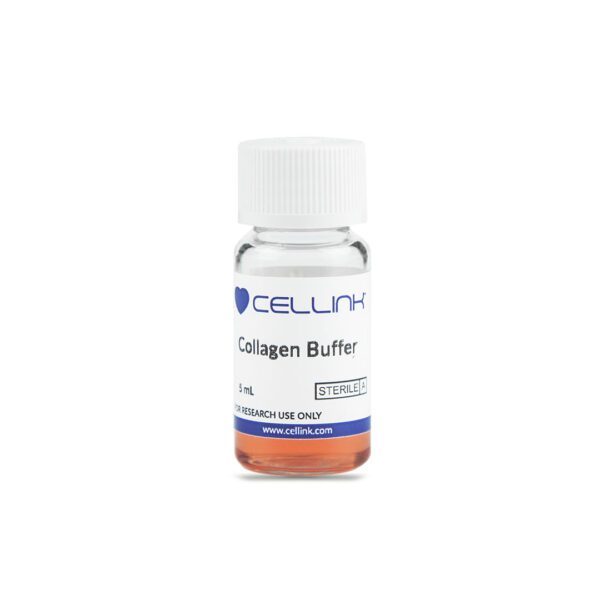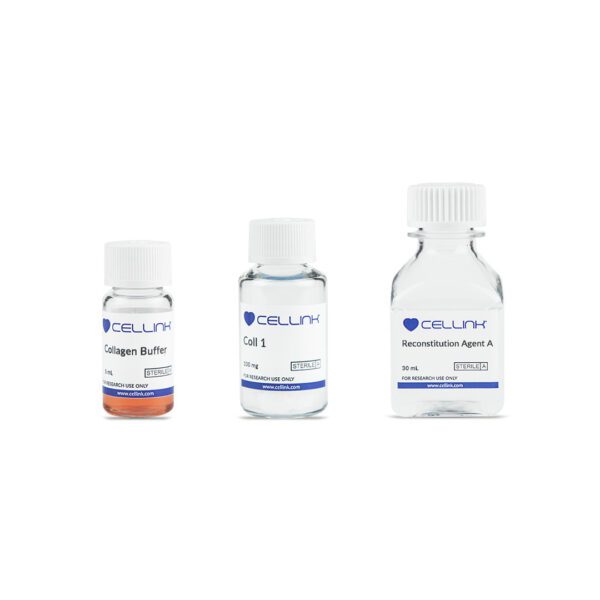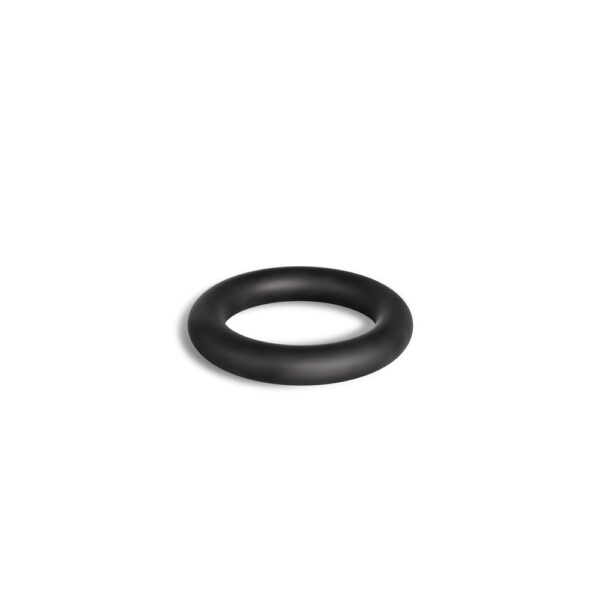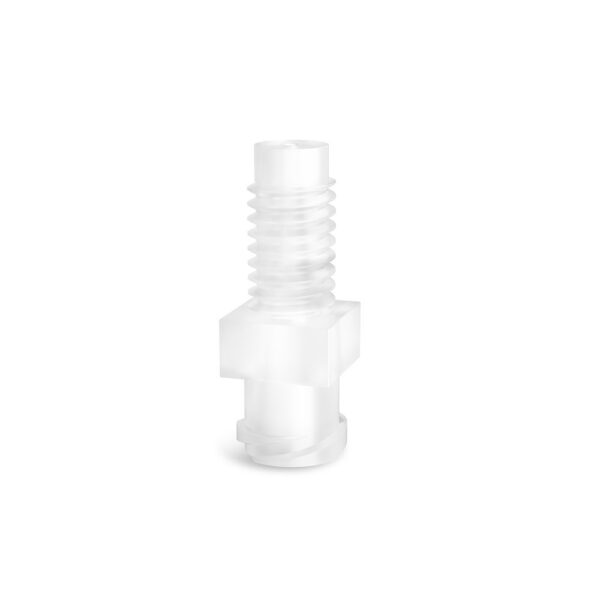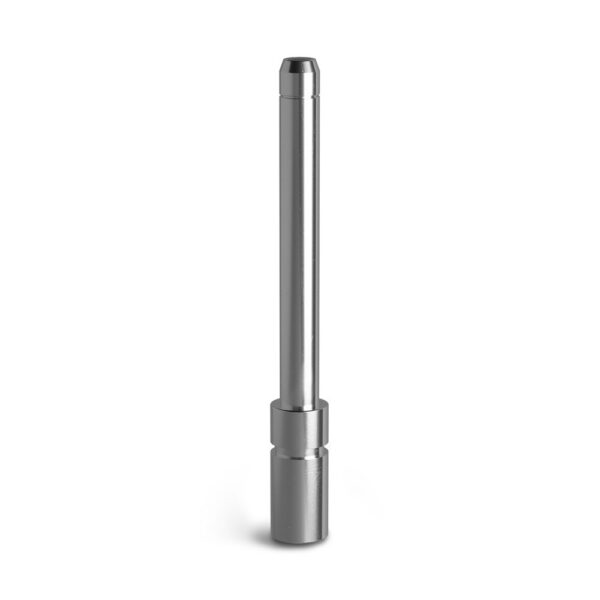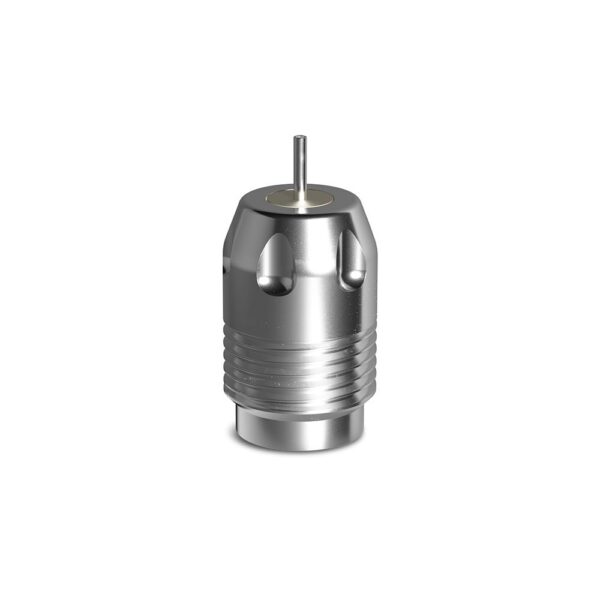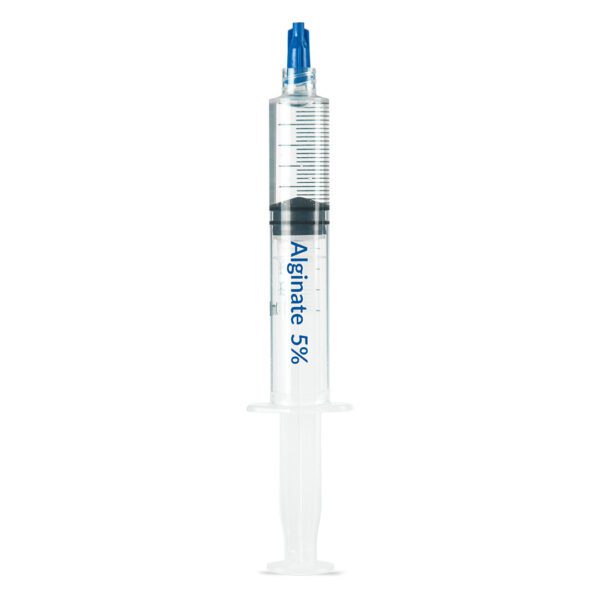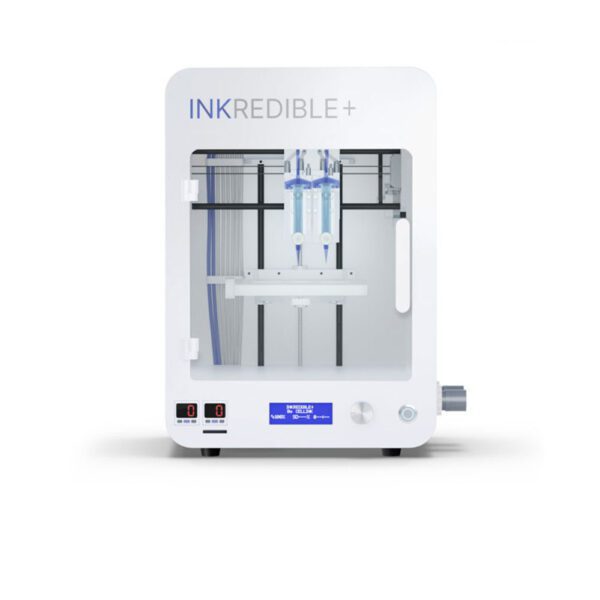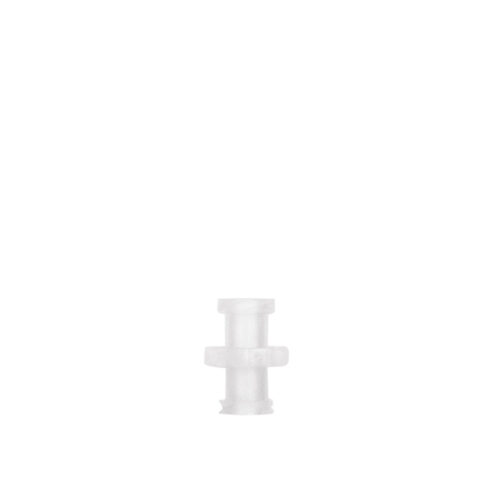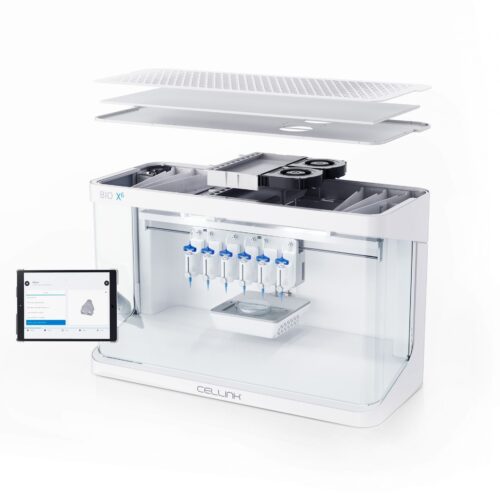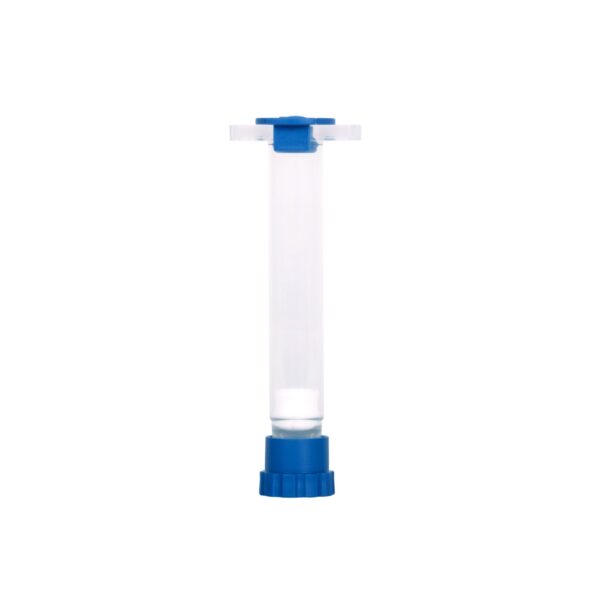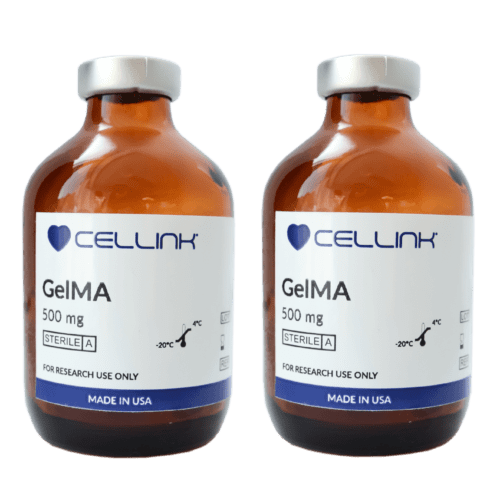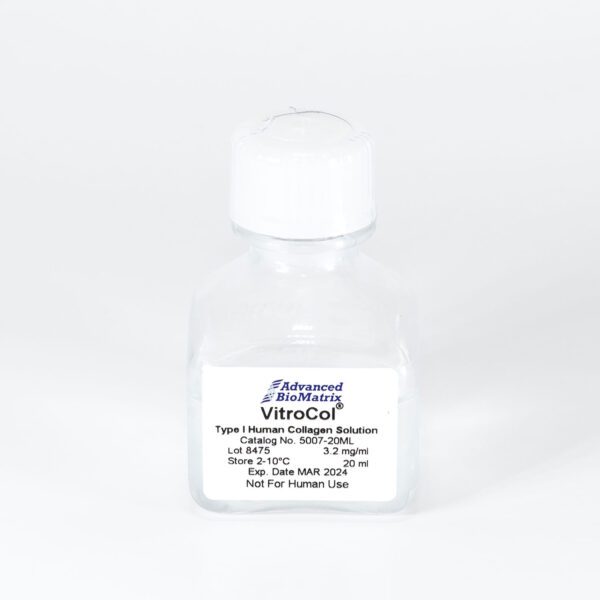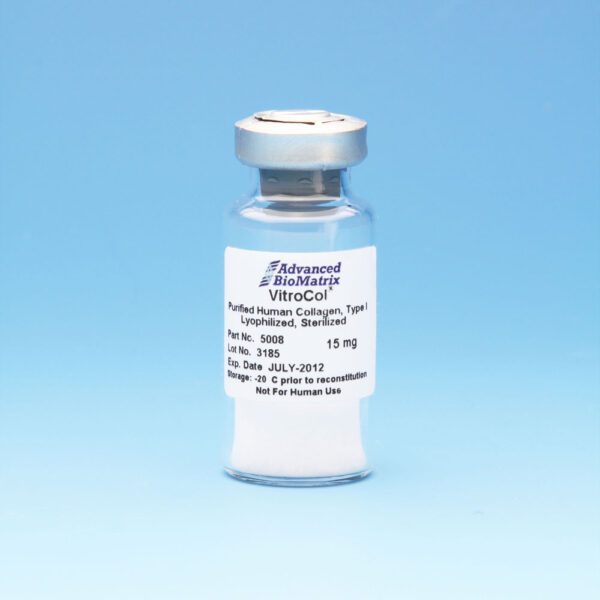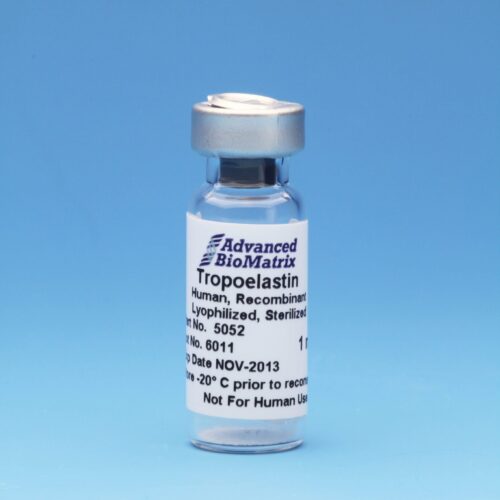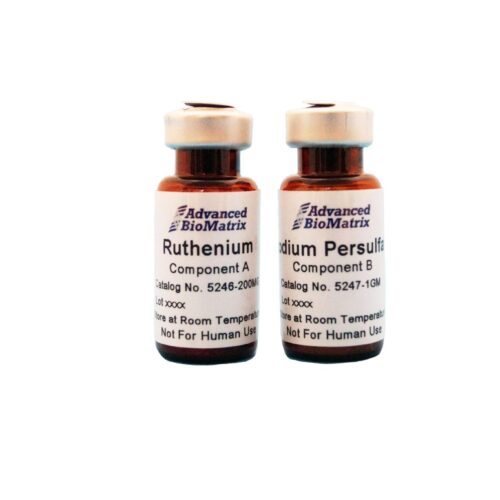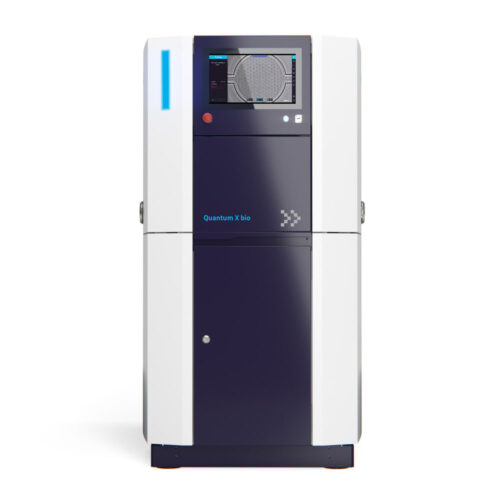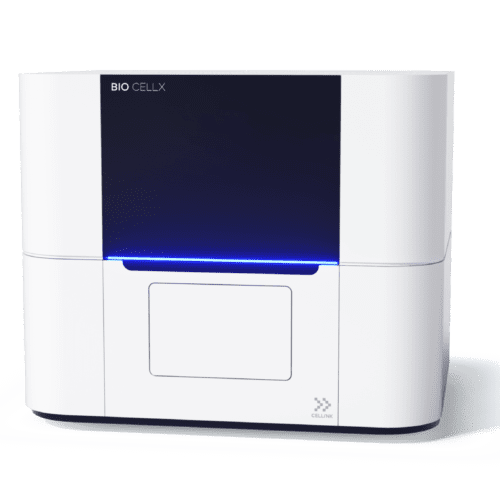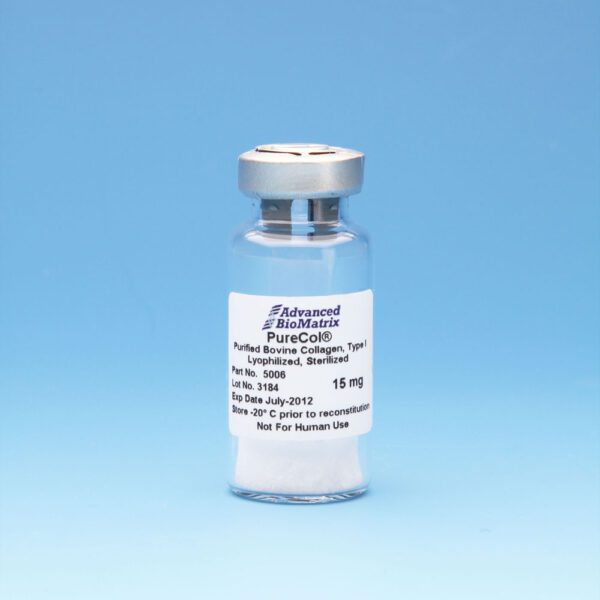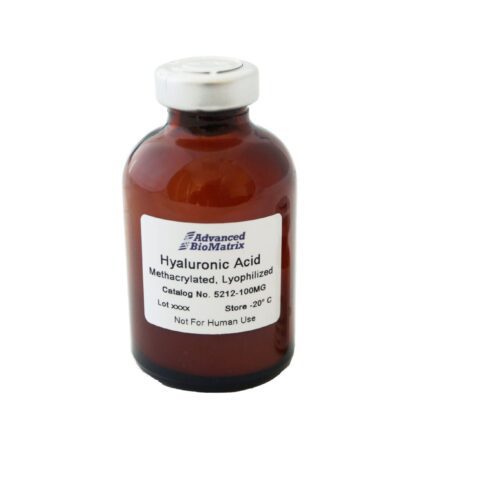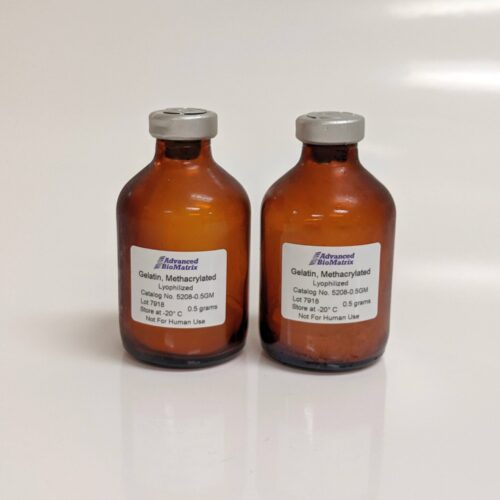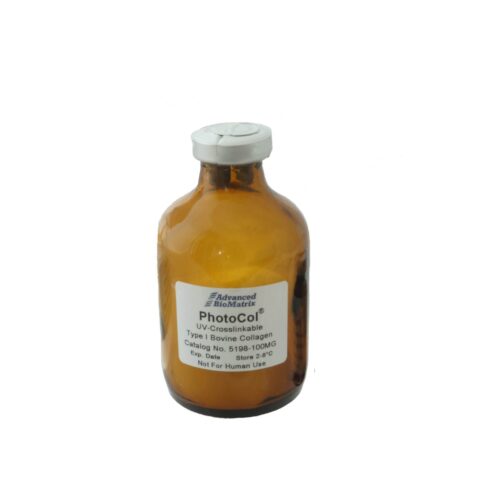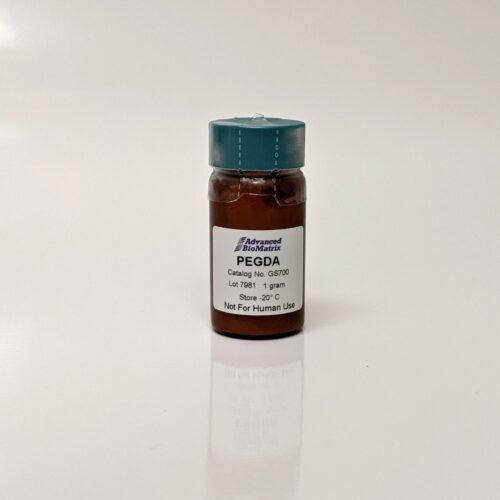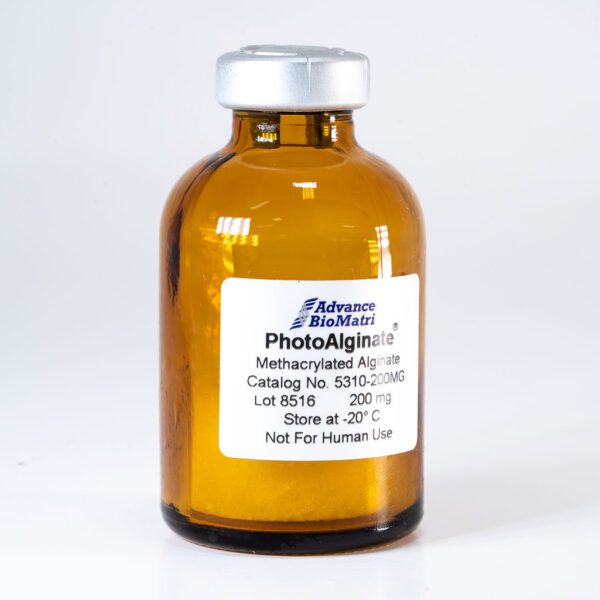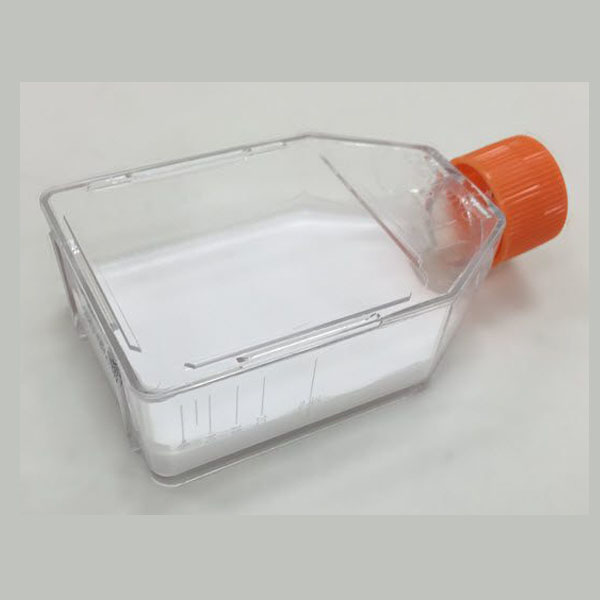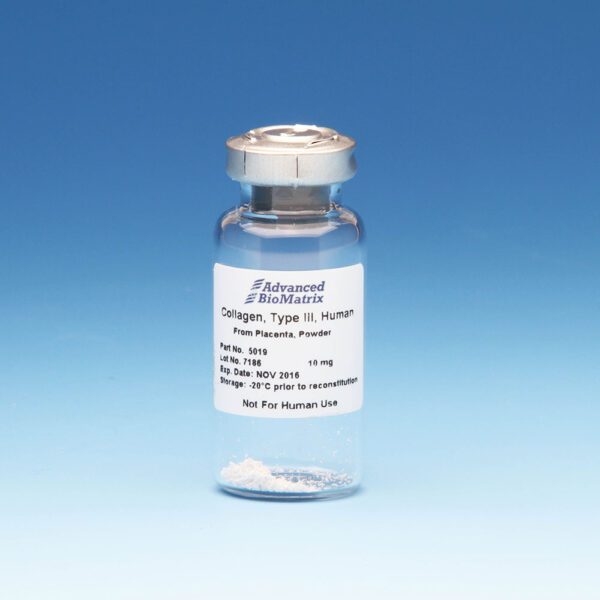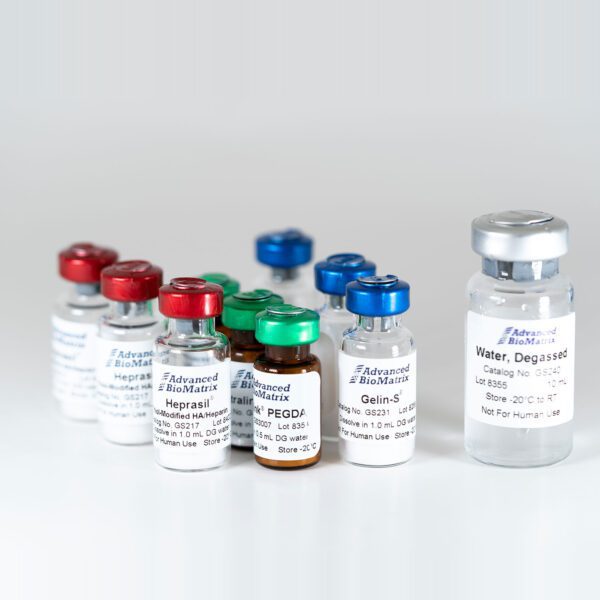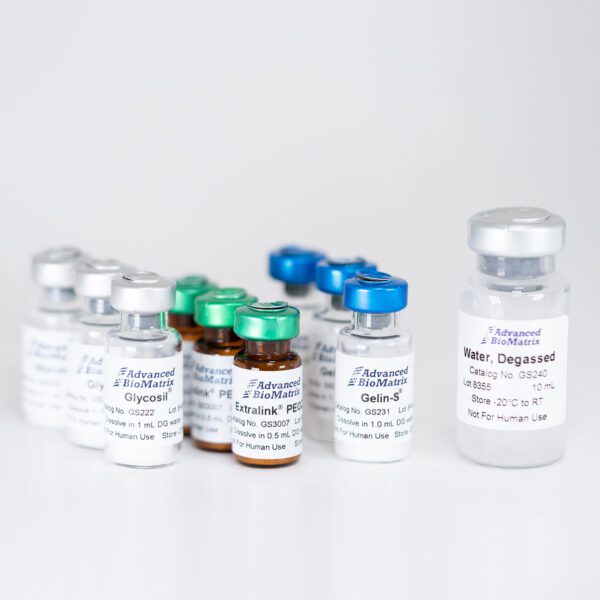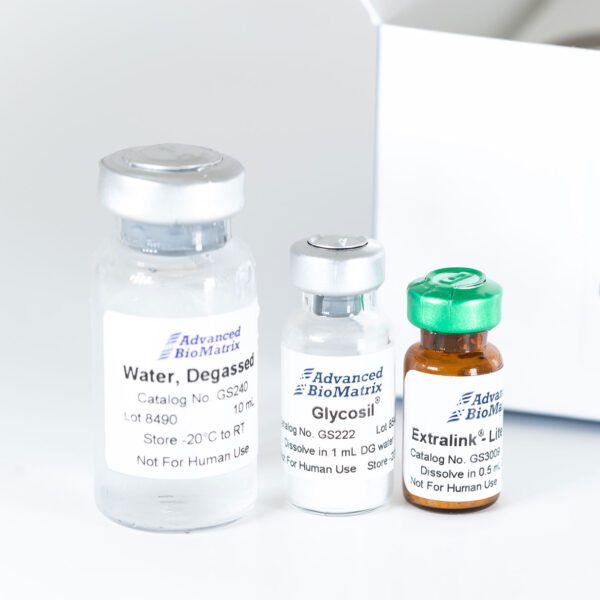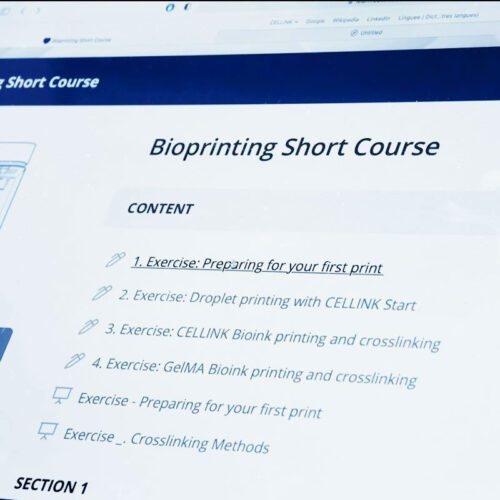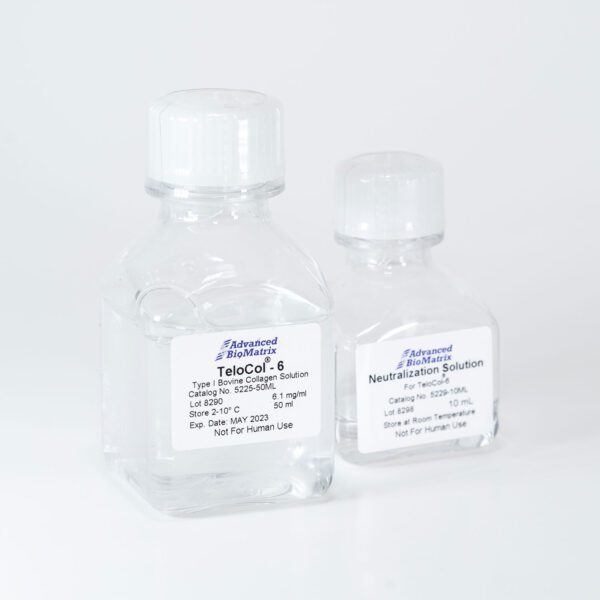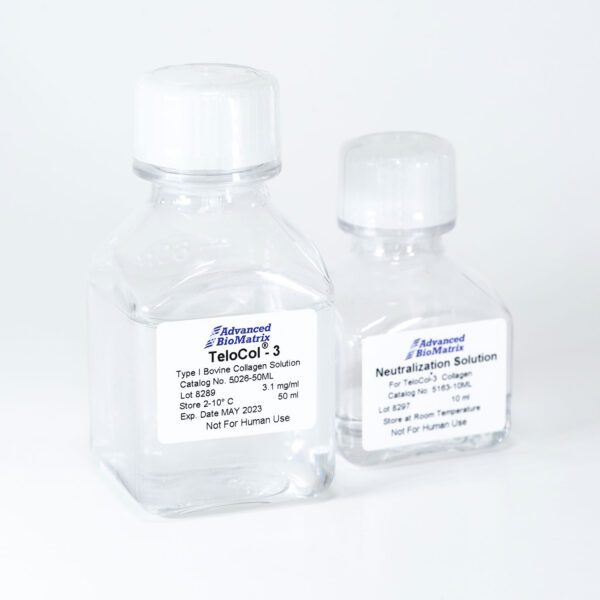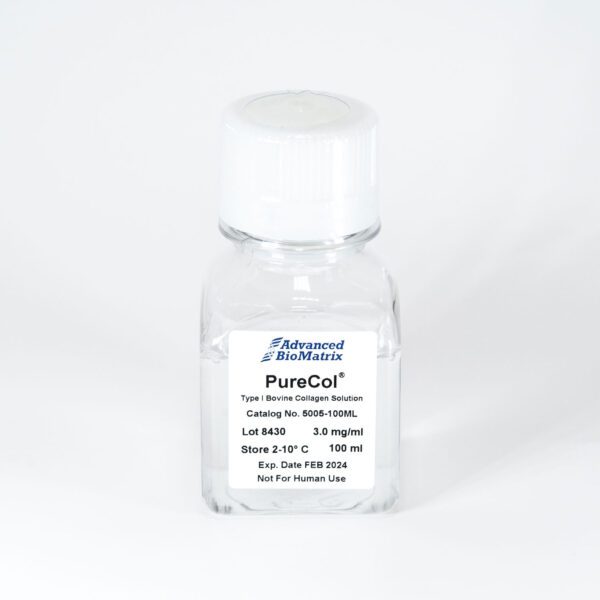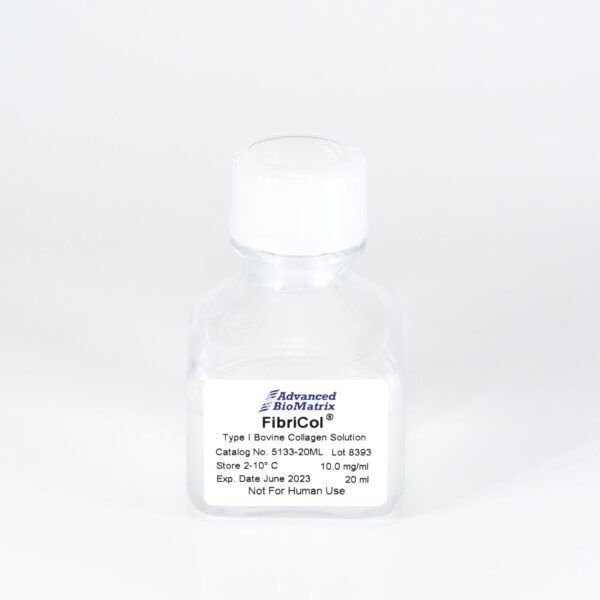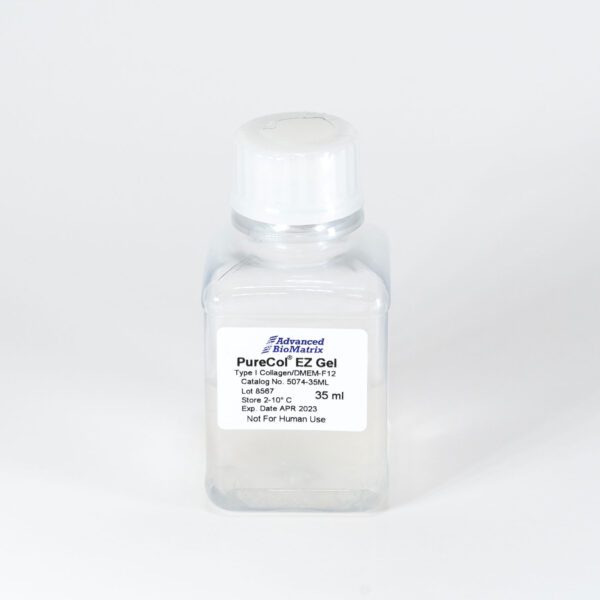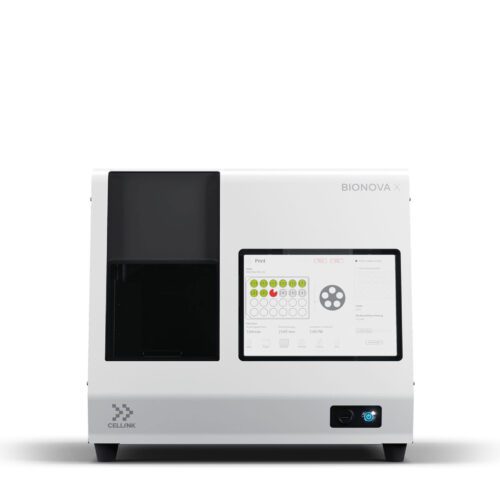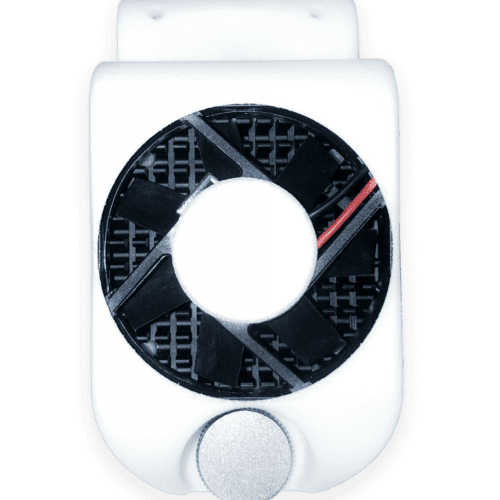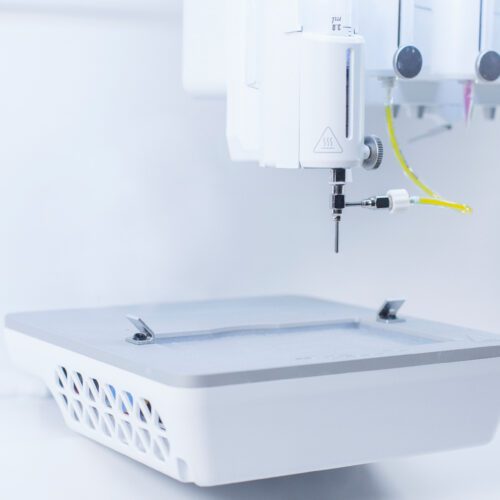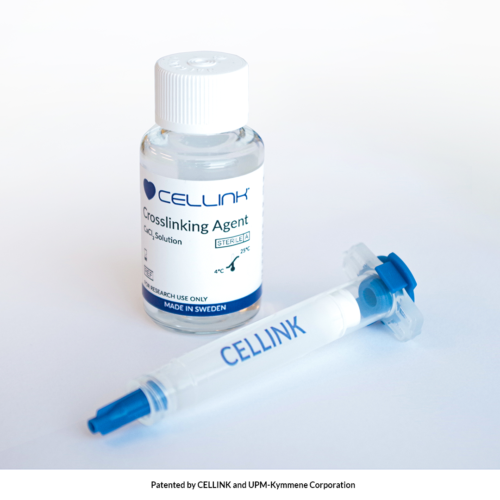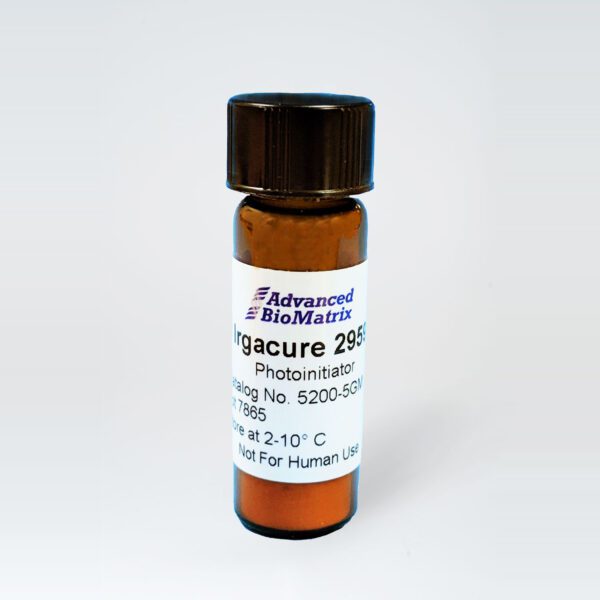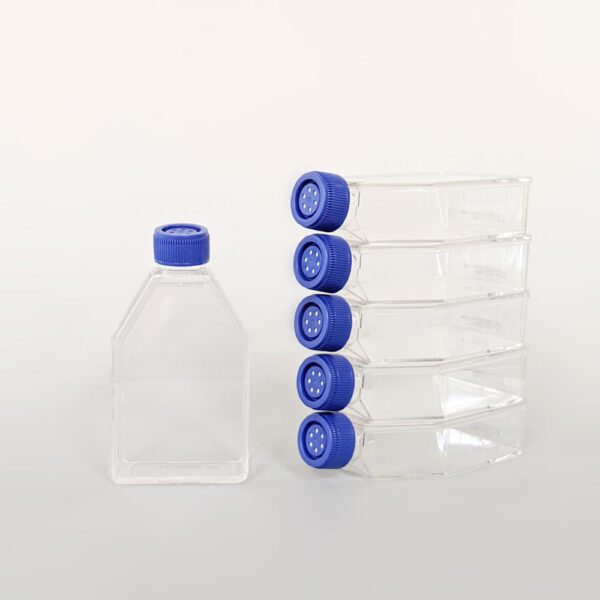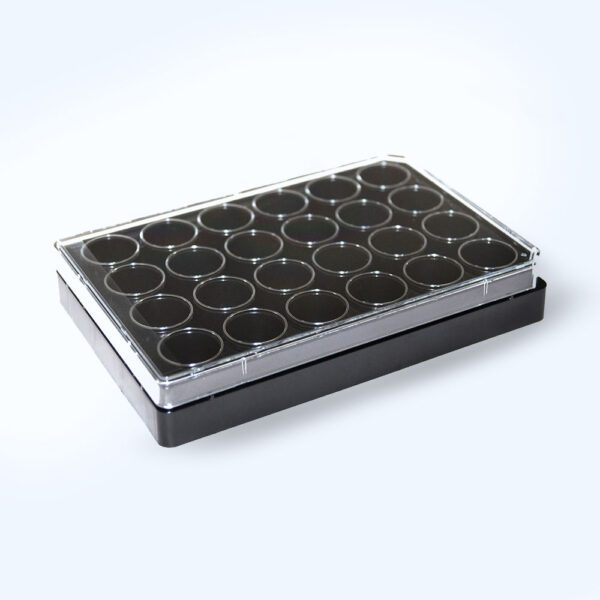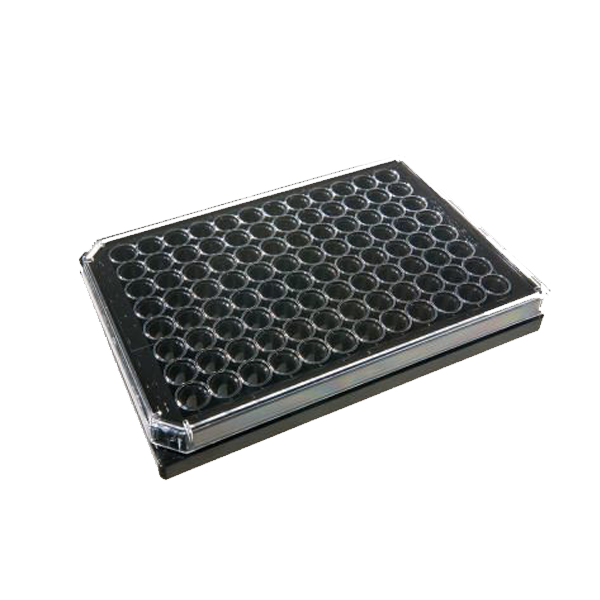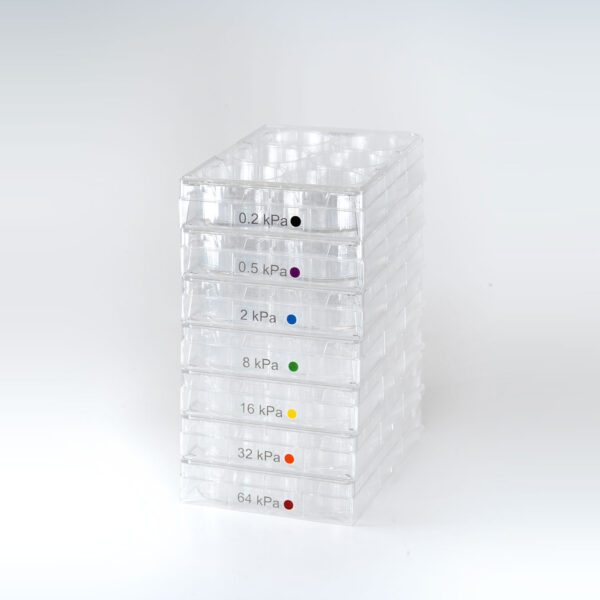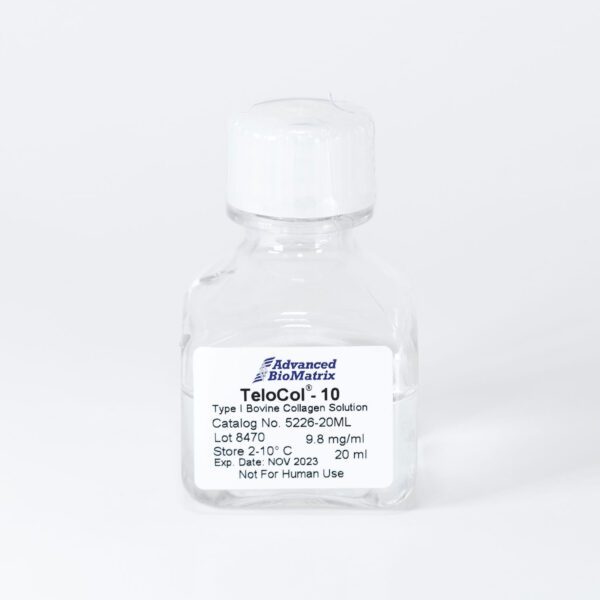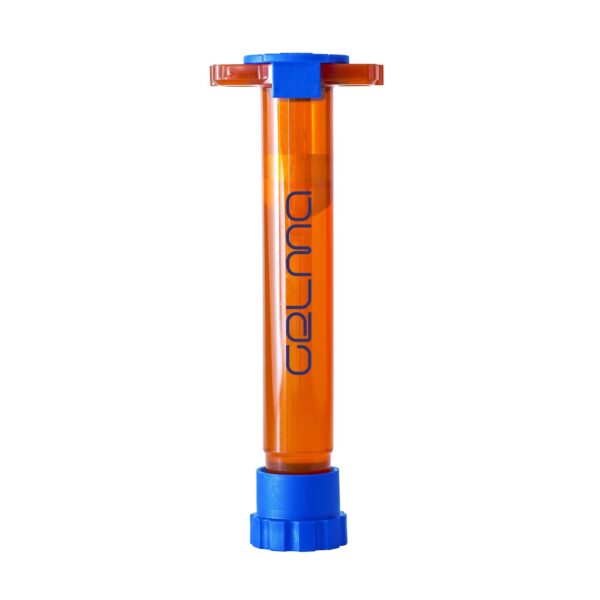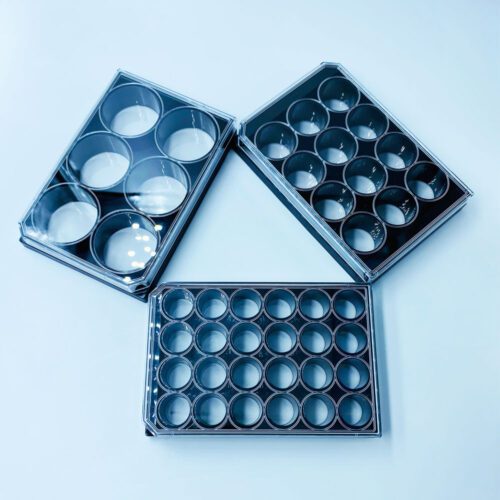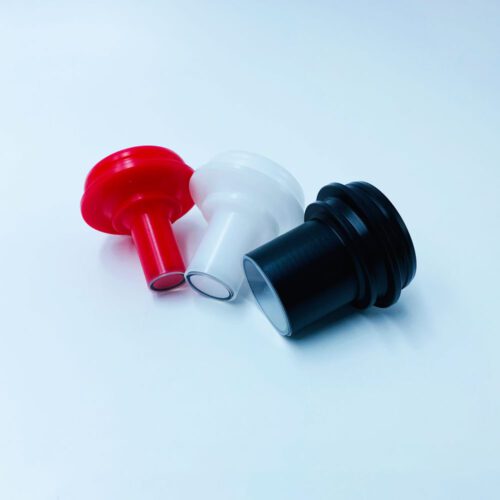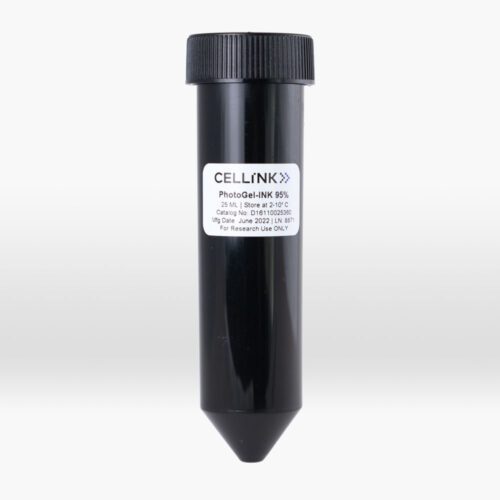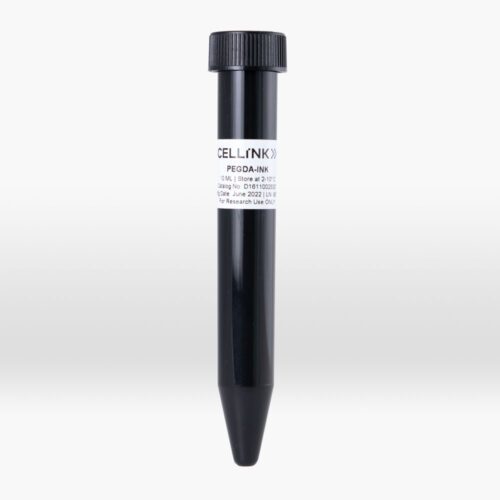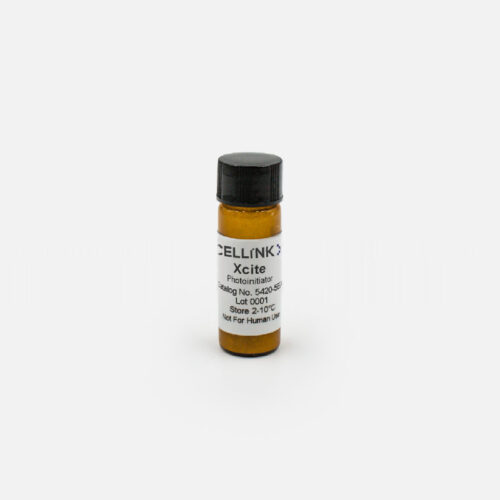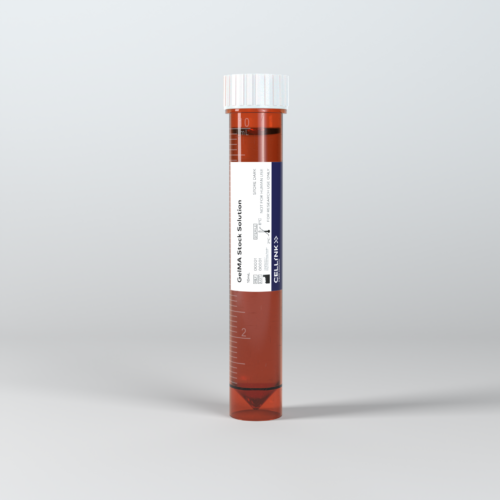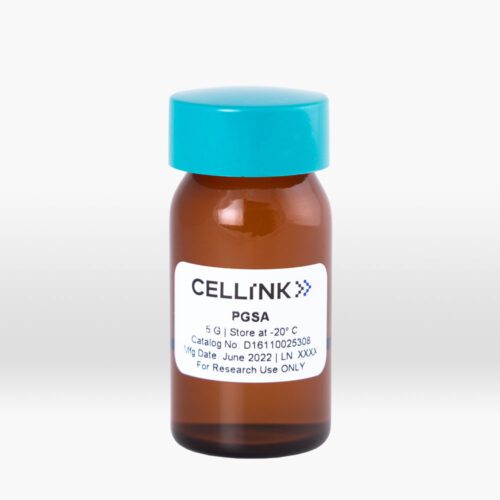Founded in 1978 Formula Student is a series of renowned engineering competitions held at various Formula One circuits across the globe by the Society of Automotive Engineers (SAE) where a fictional manufacturing company contracts a student design team to develop a small formula style race car. The prototype is to be evaluated for its potential as a race car. The purpose being to give students the experience of designing and building a quality engineering product and expose them to practical difficulties and industrial standard procedures
We at Raftar Formula Racing, the official Formula student team of IIT Madras, design, build and race a formula car and represent IIT Madras at various competitions in India and abroad since its inception in 2012. This year we competed at Formula Bharat at Kari Motor Speedway in Coimbatore and Formula Student Germany at the Hockenheimring in Germany.
Every year, we build the car according to the design, and the car does have some inevitable errors and inaccuracies. Our goal, every year, is to reduce these inaccuracies and improve our performance. Two of the major inaccuracies the team encounters in the line of vehicle dynamics is in determining the roll center and welding inaccuracies.
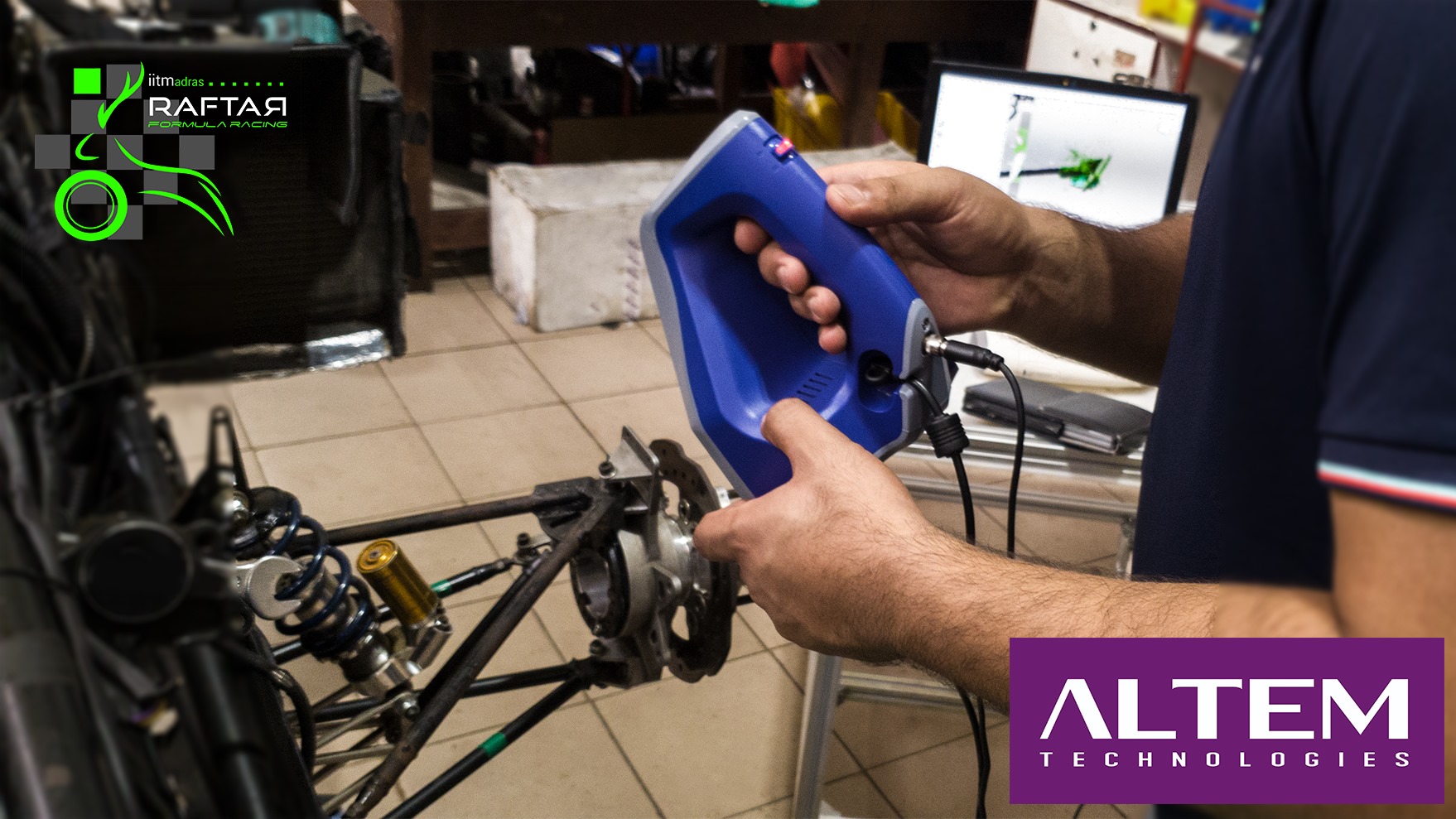
What is a Roll Center?
Roll center is the axis about which the vehicle rotates while cornering. It is diagrammatically determined by extrapolating the suspension members of the car and joining the lowest part of the tire to the point where the extrapolated suspension members meet. There are many parameters which are affected by the roll center such as static camber and toe, ride heights, roll rates, etc.
Why is this important to us?
Roll center is the most basic vehicle dynamic aspect in understanding the dynamics of the car. It dynamically determines the load distribution between axes to each of the tires while cornering and it also determines the kinematic camber and toe variations on the car. For a most efficient corner, the roll of the car must be minimum, thus, the lateral load transfer must be minimum. While we design the car and determine the roll center from the final CAD of the car= by traditional method, a major challenge is that we don’t really know the actual roll center of the car after manufacturing due to various inaccuracies like:
- i) Warping of the base plate due to heat while laser cutting it to insert jigs which holds the chassis in place
- ii) least count error in laser cutting the jigs
- iii) Inaccuracies in welding a node
- iV) Material of the weld itself which is not accounted for during the design process
occurring during the whole building process.
It would be a great addition to the team if we had the knowledge of where the actual roll center is present on the car itself rather than drawing conclusions based on the CAD design. And that’s where ALTEM Technologies gave us a head start as compared to other teams.
ALTEM Technologies 3D scanned our vehicle dynamic hard points, A-arms and the suspensions on the car. Through the scans, we could determine the actual roll center of the car. These 3D scans gave us the ability to compare the CAD design with the actual car after manufacturing. Having this comparison in hand, the inaccuracies in welding and other such defects would be taken into account for designing the next car. While these scans helped us in reducing the inaccuracies in the next car, it also helped us tune the existing car in Formula Student Germany. The camber and toe angle, the lateral load distribution and the ride heights were adjusted based on the roll center through the 3D scans for each of the driver according to their needs and this helped us perform much better in FSG.
Thanks to ALTEM Technologies for extending their expertise in 3D scanning our chassis, which helped us making the design feedback loop in FSG 2019 and would definitely help us in Formula Bharat 2020 and the next international competition.
